Imagine standing in front of a large LED mirror only to see patchy lighting-bright spots near the edges and shadowy voids in the center. Frustrating, right? For designers and homeowners alike, achieving seamless illumination across expansive mirrors is both an art and a science. This article dives into the engineering marvels behind edge-lit uniformity in large LED mirrors, revealing how cutting-edge technology transforms these fixtures into flawless design statements.
The Challenge of Lighting Large Mirrors
Large mirrors (typically 40 inches or wider) face unique hurdles in delivering consistent brightness:
Hotspots: Overly bright areas near LED strips.
Dark Zones: Dim or uneven regions, especially in the mirror’s center.
Color Shifts: Inconsistent light temperatures across the surface.
Without advanced solutions, these issues can ruin the mirror’s functionality and aesthetics.
The Science of Edge-Lit Uniformity
What Is Edge-Lit Lighting?
Edge-lit large LED mirrors position LED strips along the mirror’s perimeter. Light travels through a transparent substrate (like acrylic or glass) and is dispersed evenly via diffusion technologies.
Key Components:
LED Strips: High-quality, wide-angle LEDs emit light inward.
Light Guide Plate (LGP): A thin layer that channels light across the mirror.
Diffusers: Layers that scatter light to eliminate hotspots.
Reflective Films: Redirect stray light back into the substrate.
5 Innovations That Enable Seamless Illumination
1. Precision LED Placement
Wide-Angle LEDs: Emit light at 120°–160° angles for broader coverage.
Density Adjustments: More LEDs per inch in larger mirrors compensate for light loss over distance.
Wellfor’s Approach:
Wellfor’s 60-inch vanity mirror uses dual-row LED strips with 120° beam angles, ensuring light penetrates deep into the substrate without gaps.
2. Advanced Light Guide Plates (LGPs)
LGPs are etched with microscopic patterns that control light direction.
|
Pattern Type |
Purpose |
|
Laser-Etched Dots |
Scatter light evenly across the surface |
|
V-Shaped Grooves |
Redirect light toward the mirror’s center |
|
Prismatic Structures |
Enhance brightness and reduce glare |
3. Multi-Layer Diffusers
Primary Diffuser: Attached to the LGP to soften initial light output.
Secondary Diffuser: A frosted or textured layer that blends light further.
Real-World Example:
The Wellfor ProSeries 55-inch mirror uses a triple-layer diffuser system to achieve 95% uniformity, even in low-light conditions.
4. Reflective Backing
A silver-coated PET film behind the LGP reflects escaping light back into the substrate, boosting efficiency and brightness.
5. Dynamic Dimming Circuits
PWM (Pulse-Width Modulation): Adjusts LED brightness without color shifts.
Smart Sensors: Auto-dimming based on ambient light to maintain consistency.

Overcoming Size-Related Challenges
The "Center Dimming" Problem
In larger mirrors, light intensity naturally diminishes toward the center. Solutions include:
Tapered LGPs: Thicker edges and thinner centers balance light distribution.
Hybrid Lighting: Combining edge-lit LEDs with subtle backlighting for extra mid-mirror brightness.
Heat Management
Aluminum Substrates: Dissipate heat from prolonged LED use.
Thermal Pads: Transfer heat away from critical components.
Wellfor’s Innovation:
Wellfor’s 70-inch mirror uses active cooling vents hidden in the frame, reducing internal temperatures by 30% compared to standard models.
Design Trade-Offs: Balancing Aesthetics and Performance
|
Feature |
Aesthetic Impact |
Performance Impact |
|
Ultra-Thin Frames |
Sleek, modern look |
Limits space for LEDs and LGPs |
|
Frameless Designs |
Seamless appearance |
Requires reinforced LGPs to prevent flexing |
|
Curved Edges |
Soft, organic style |
Complicates light dispersion patterns |
How to Test Edge-Lit Uniformity
Before purchasing a large LED mirror, conduct these simple checks:
Paper Test: Place a white sheet against the mirror. The light should appear evenly distributed.
Gray Scale Photo: Take a black-and-white photo of the lit mirror. Look for consistent gray tones.
Color Temperature Meter: Use a smartphone app to measure Kelvin values across the surface.
Wellfor’s Edge-Lit Mastery: A Case Study
Wellfor’s 65-inch InfinityEdge Mirror exemplifies edge-lit perfection:
Dual LED Strips: 140 LEDs/meter along top and bottom edges.
Nano-Etched LGP: Laser-patterned dots increase density toward the center.
Anti-Glare Diffuser: Eliminates hotspots while maintaining 500 lux brightness.
5-Year Warranty: Backed by rigorous uniformity testing.
Future Trends in Edge-Lit Mirrors
AI-Optimized LGPs: Machine learning algorithms design custom etching patterns.
Self-Healing Diffusers: Microscopic polymers repair minor scratches.
Holographic Films: Create depth effects while enhancing light spread.
FAQs About Large LED Mirror Uniformity
Q: Can edge-lit mirrors be repaired if uniformity fails?
A: Yes. Replacement diffusers or LGPs can often restore performance.
Q: Do larger mirrors consume more power?
A: Not necessarily. Wellfor’s 70-inch model uses just 45W-equivalent to a traditional bulb.
Q: How long do edge-lit LEDs last?
A: Quality models like Wellfor’s offer 50,000+ hours (15+ years at 8 hrs/day).
Key Takeaways
Uniformity hinges on LED quality, LGPs, and diffusion tech.
Larger mirrors require innovative engineering to prevent center dimming.
Wellfor leads with hybrid designs and multi-layer diffusion systems
Upgrade your space with confidence. Choose Wellfor’s large LED mirrors-where cutting-edge engineering meets timeless elegance.
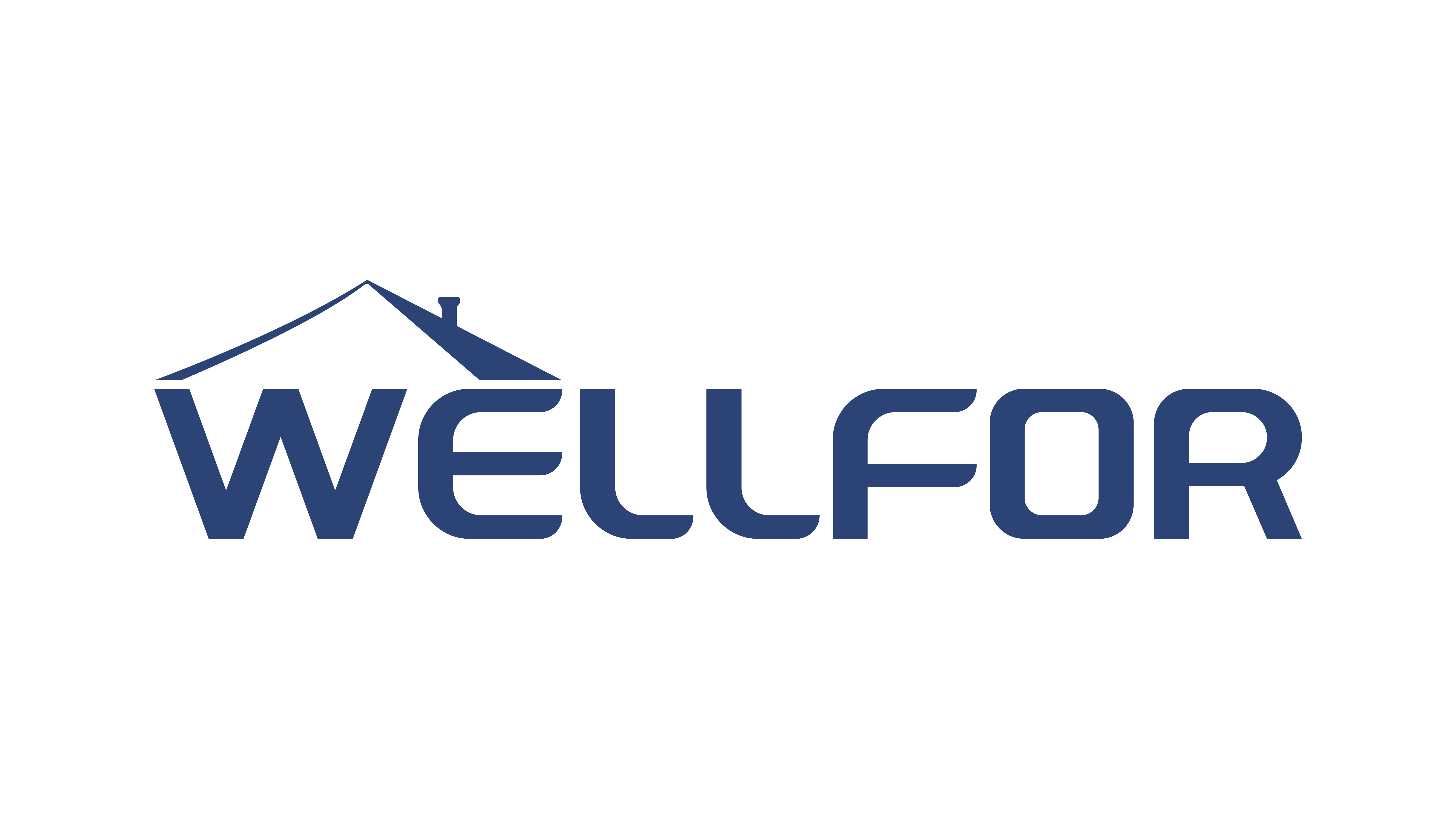
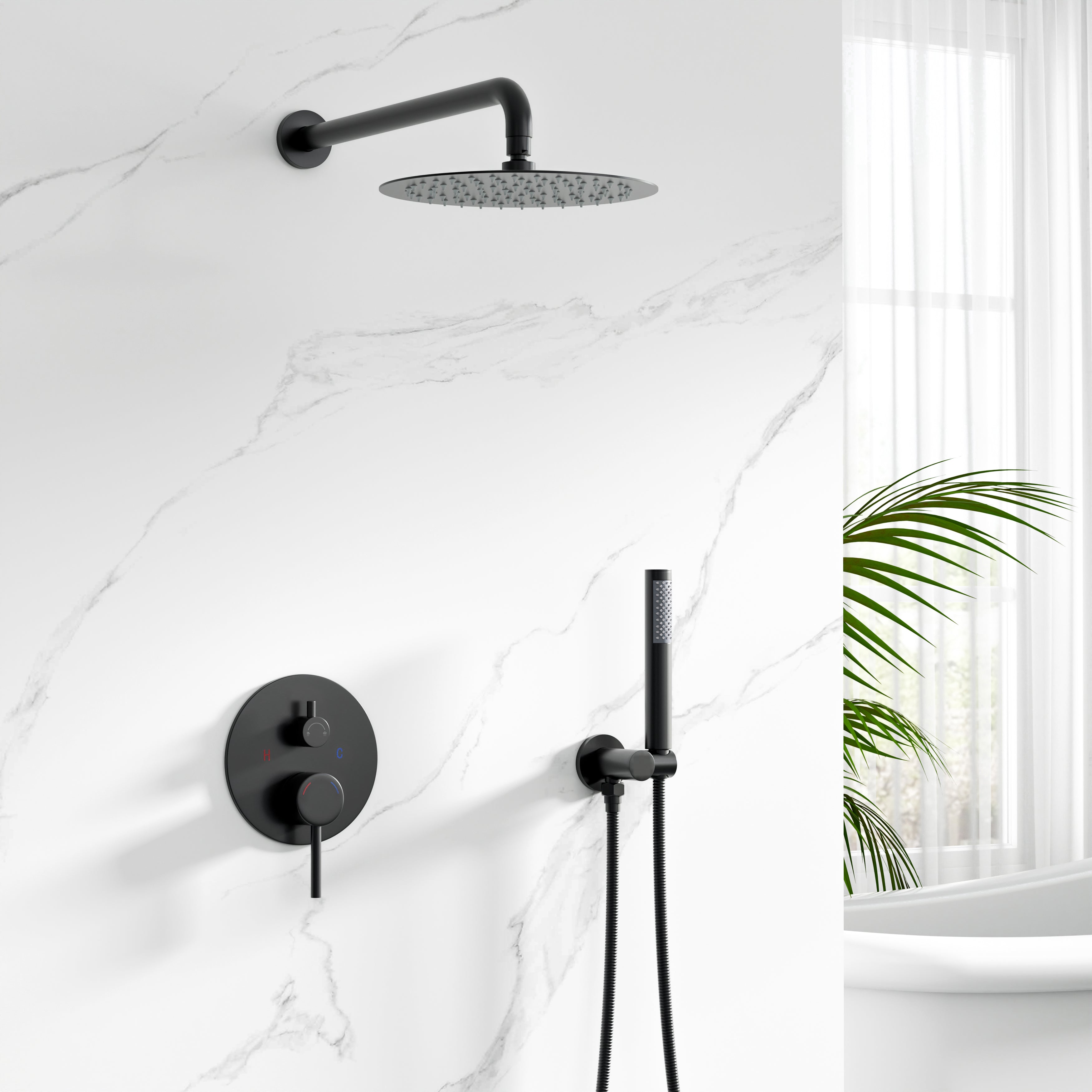
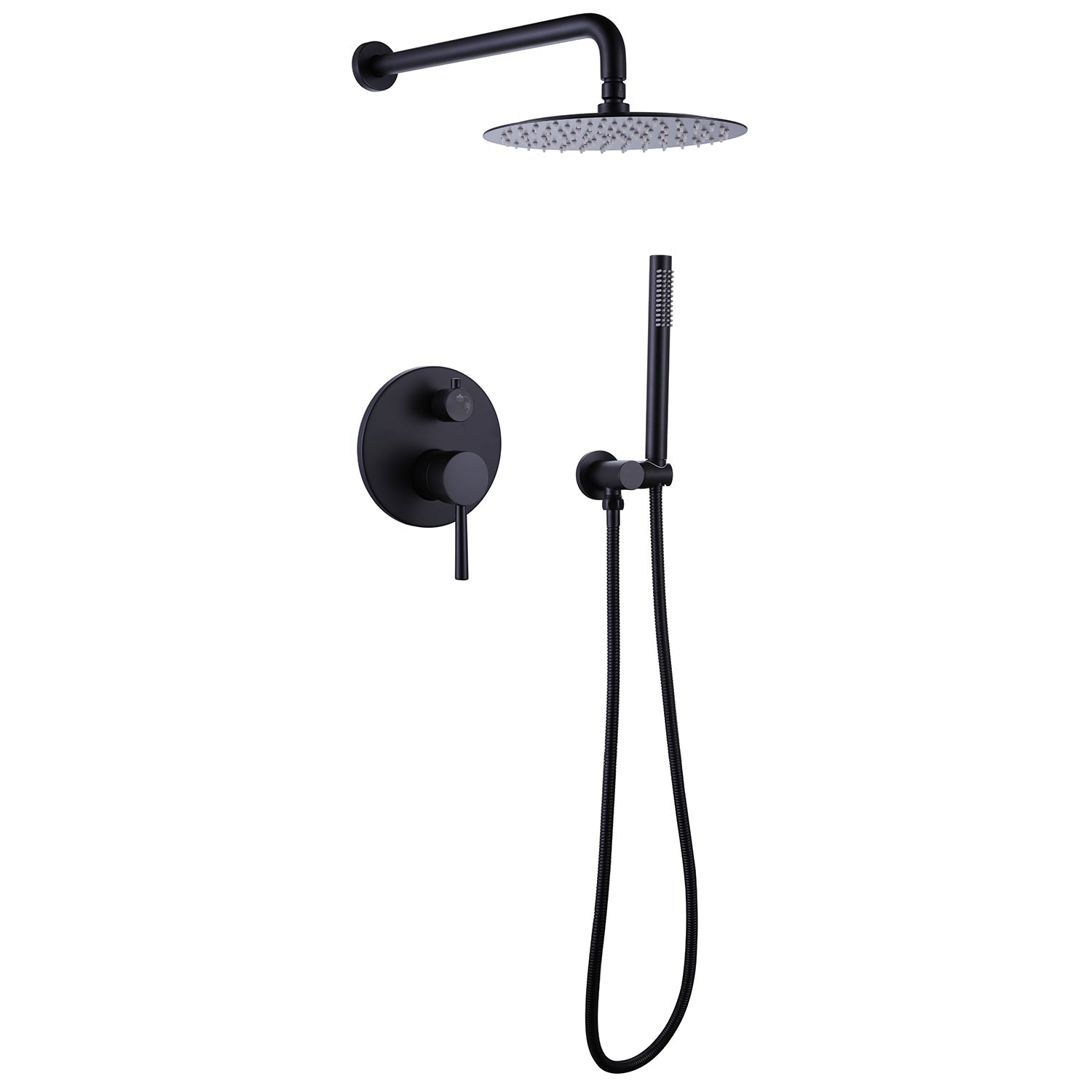


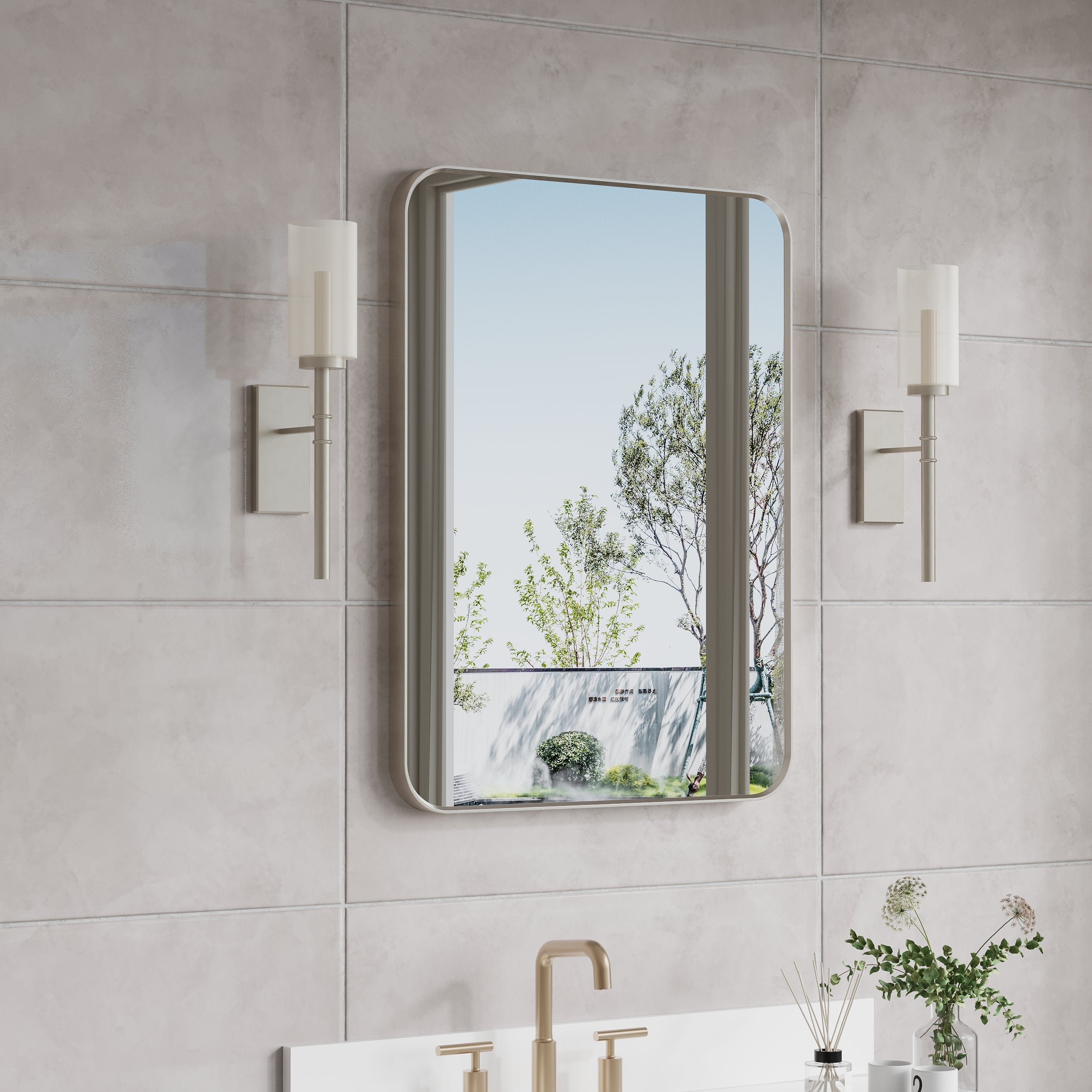
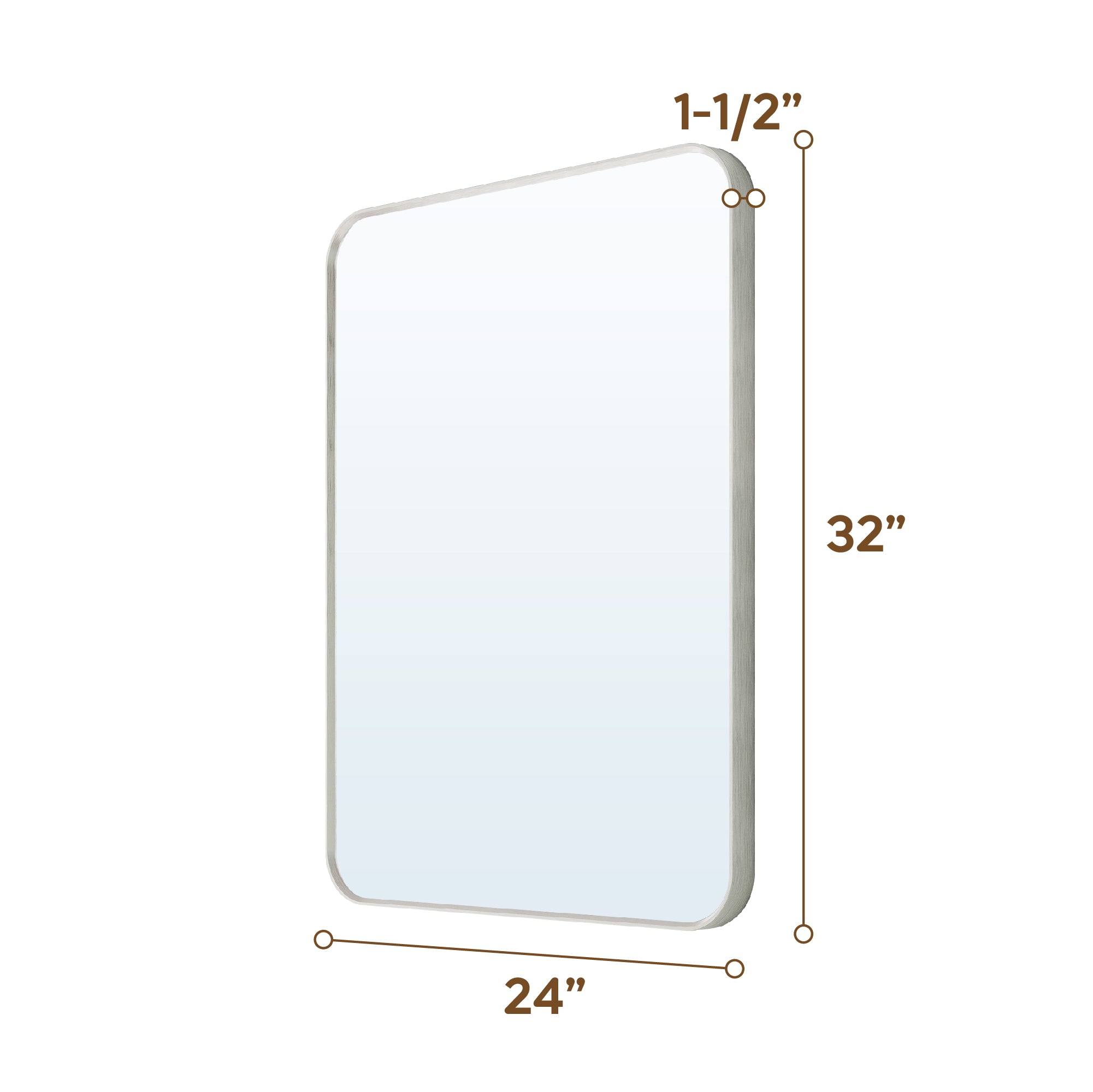
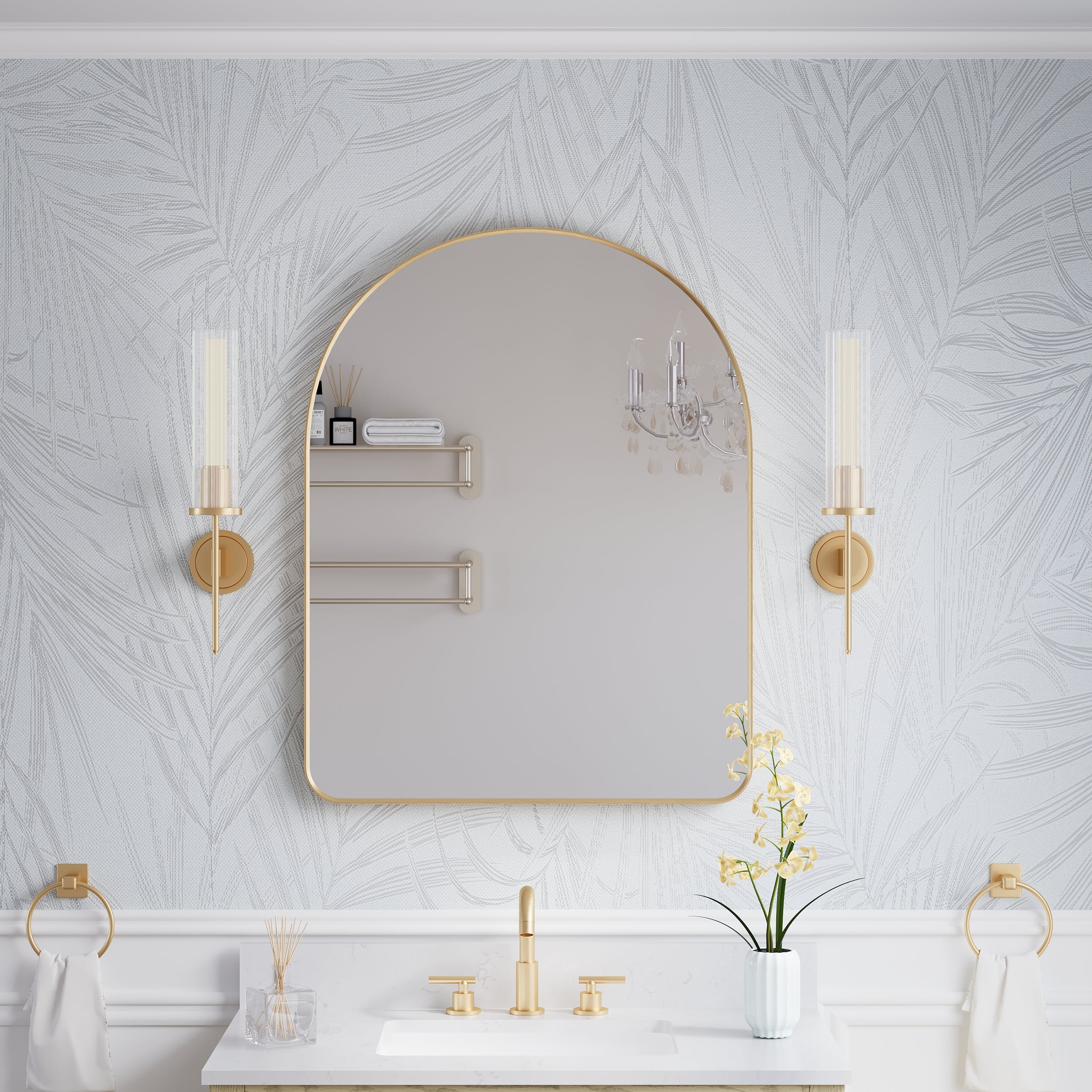
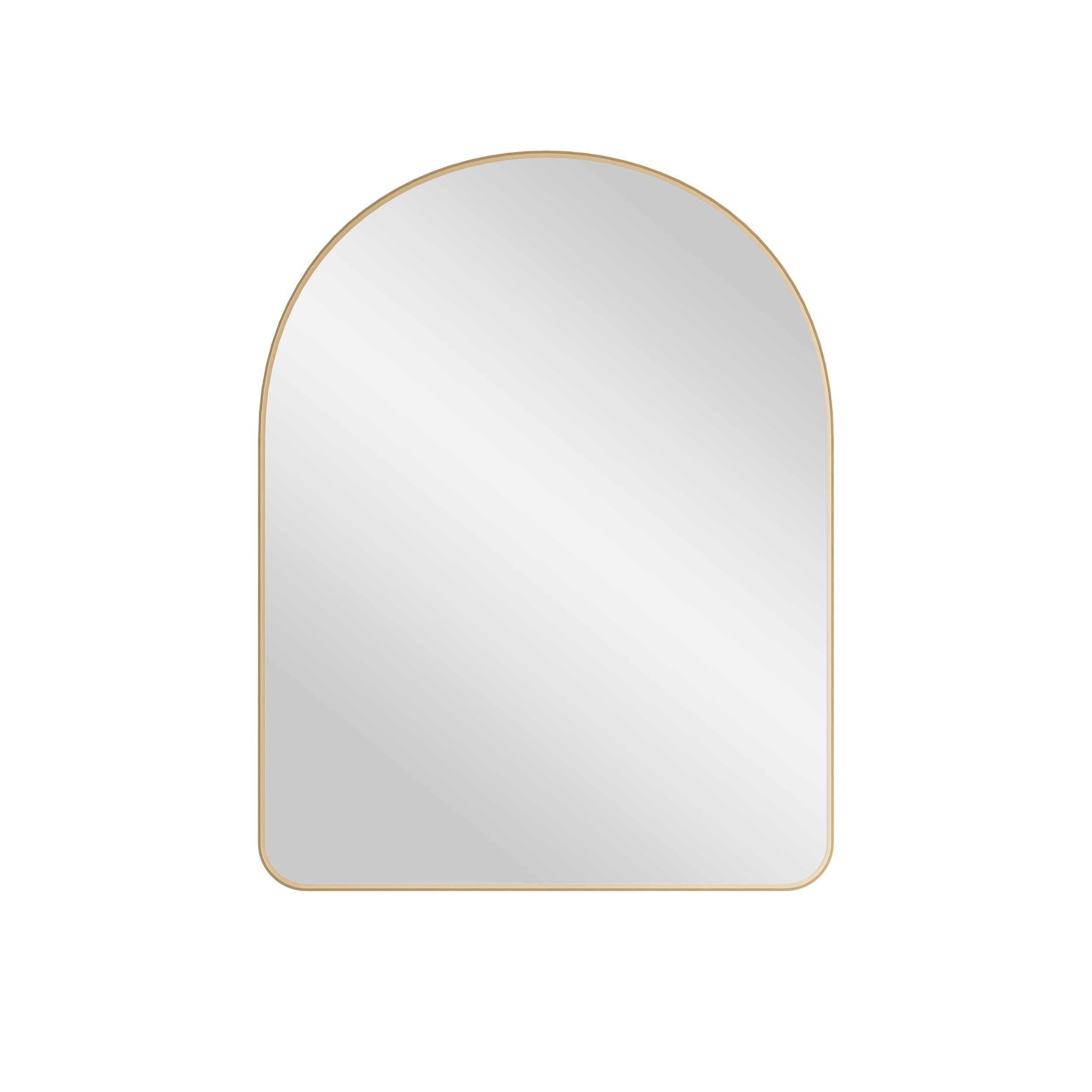

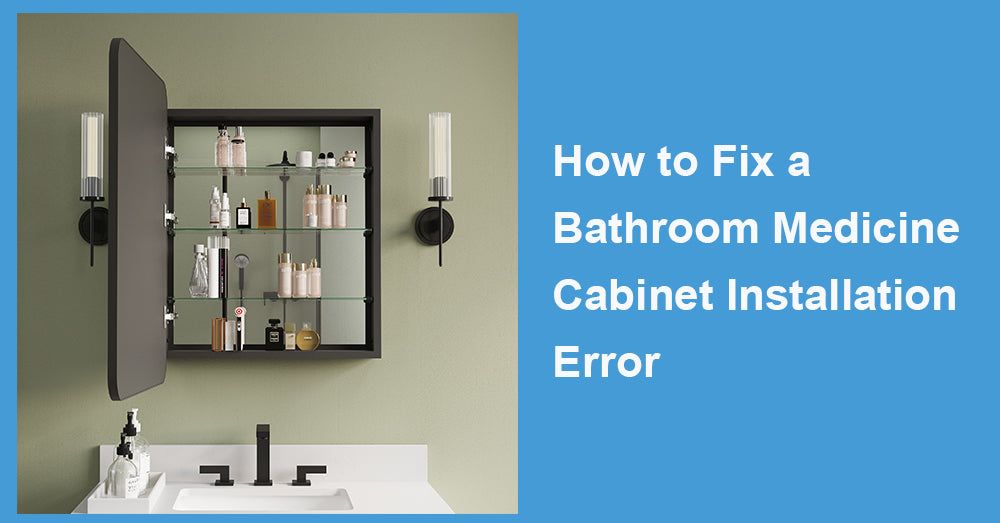
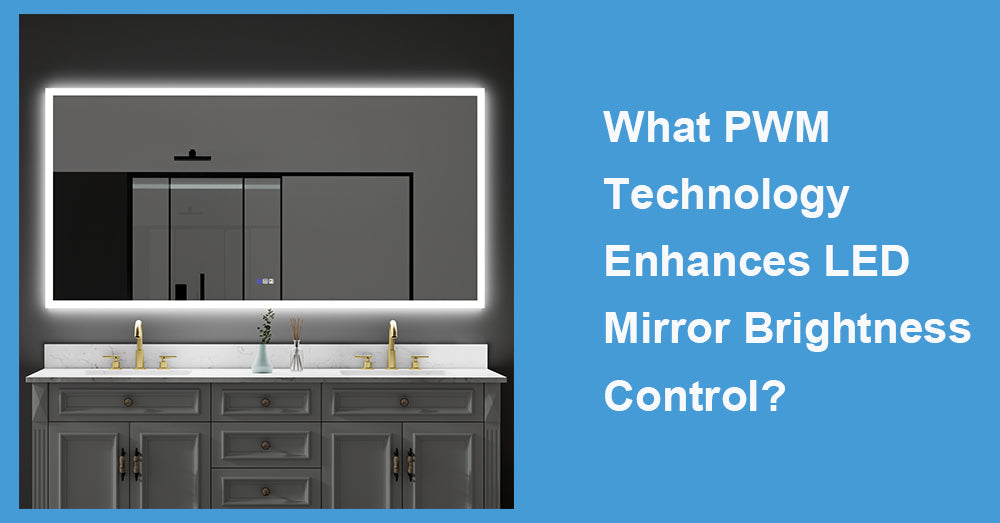
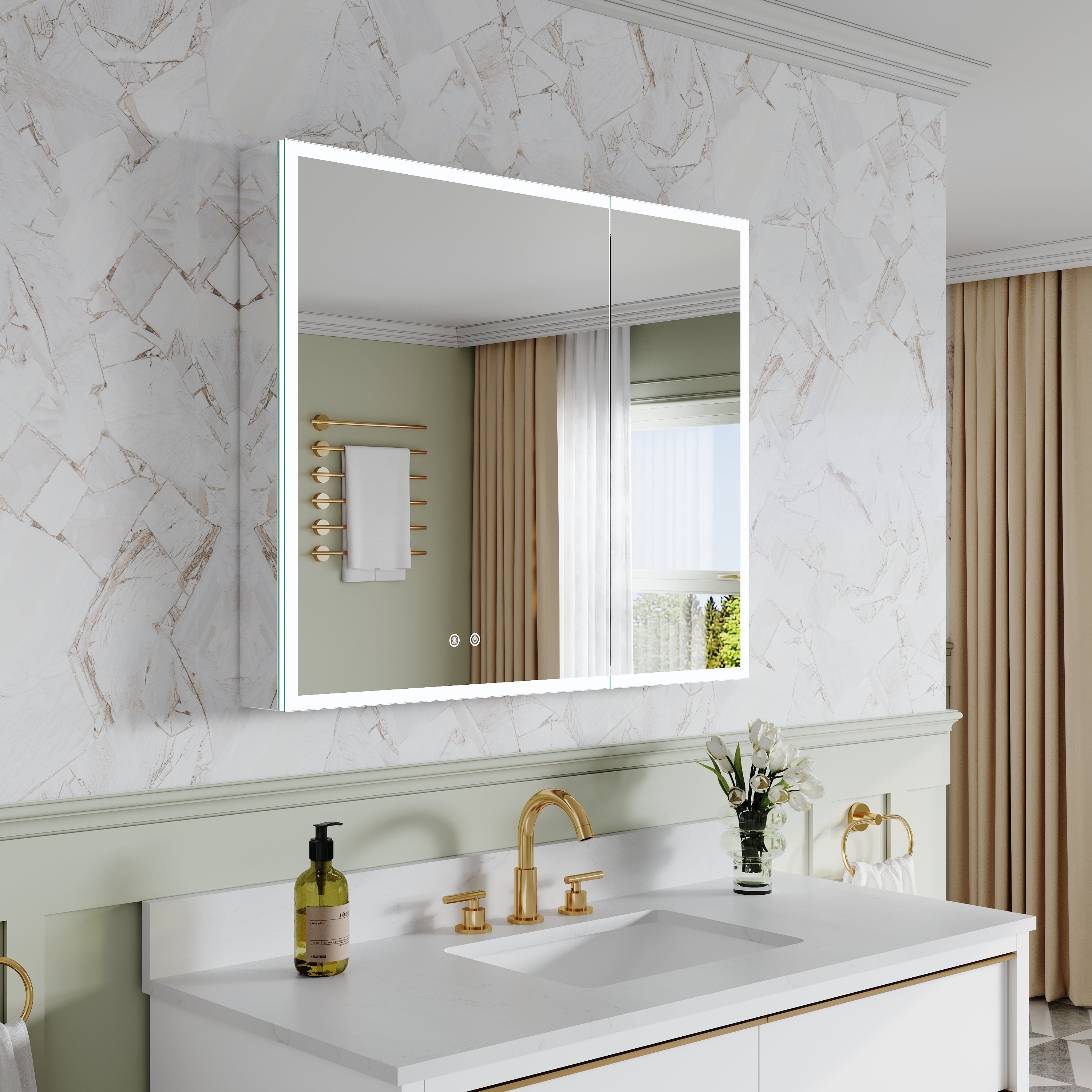
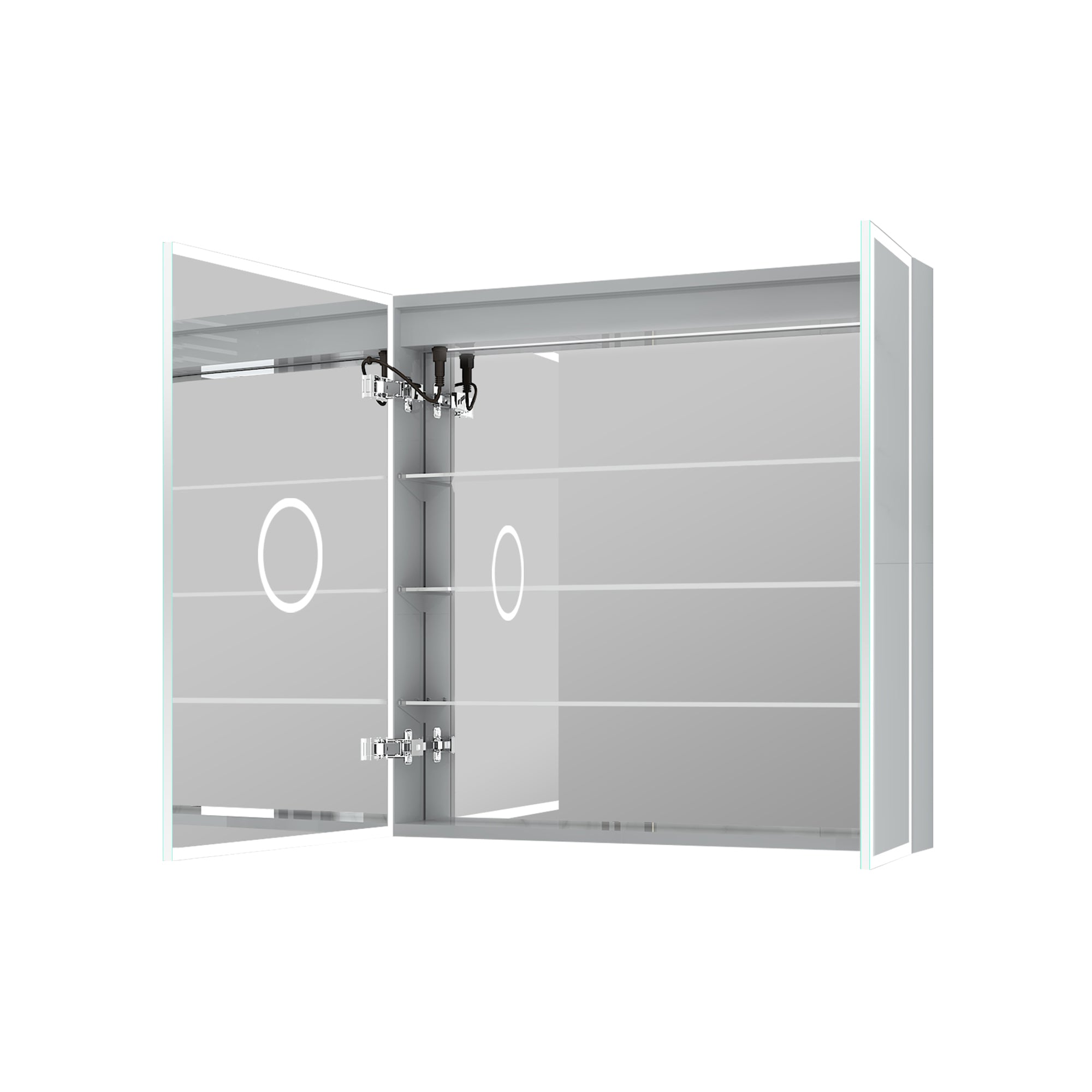


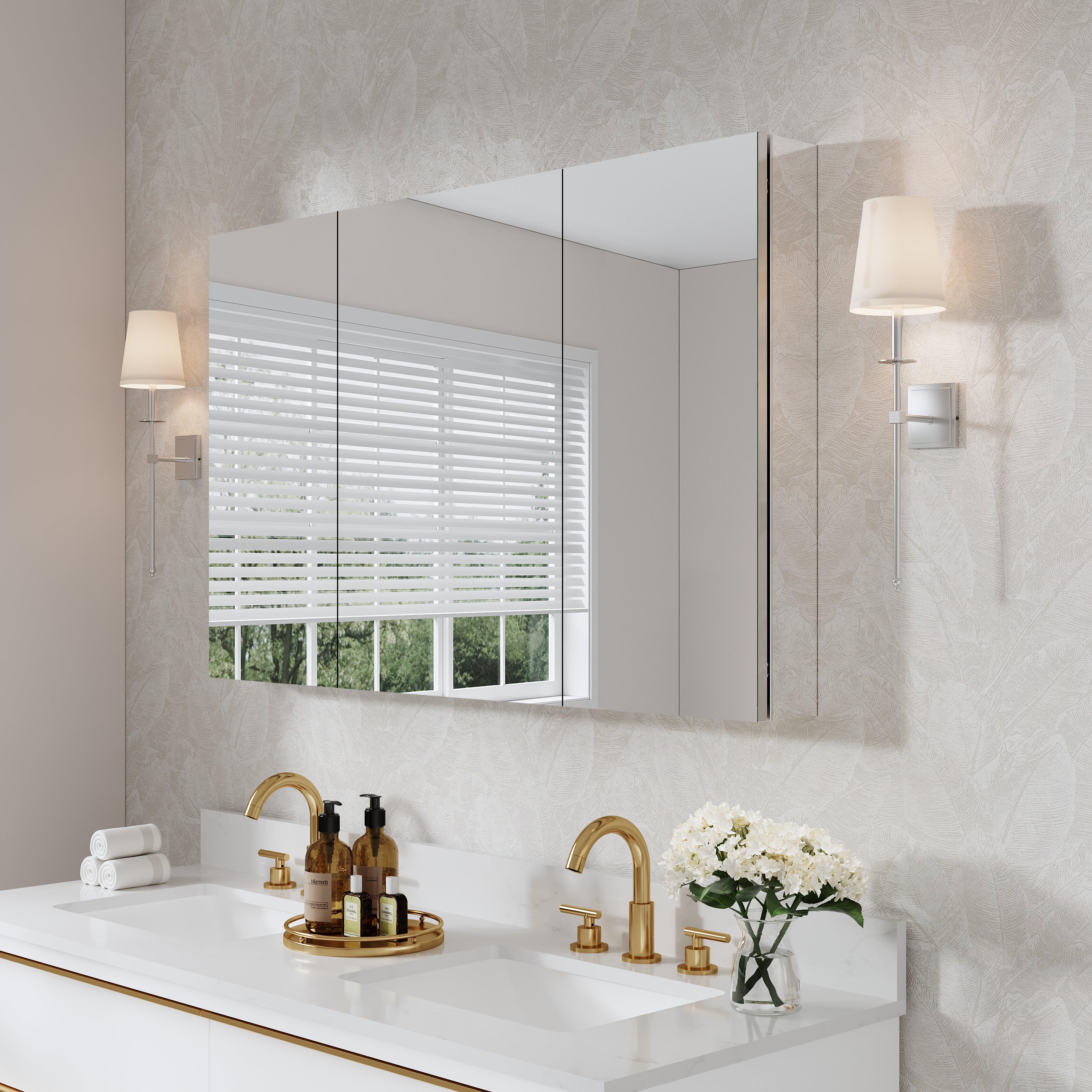
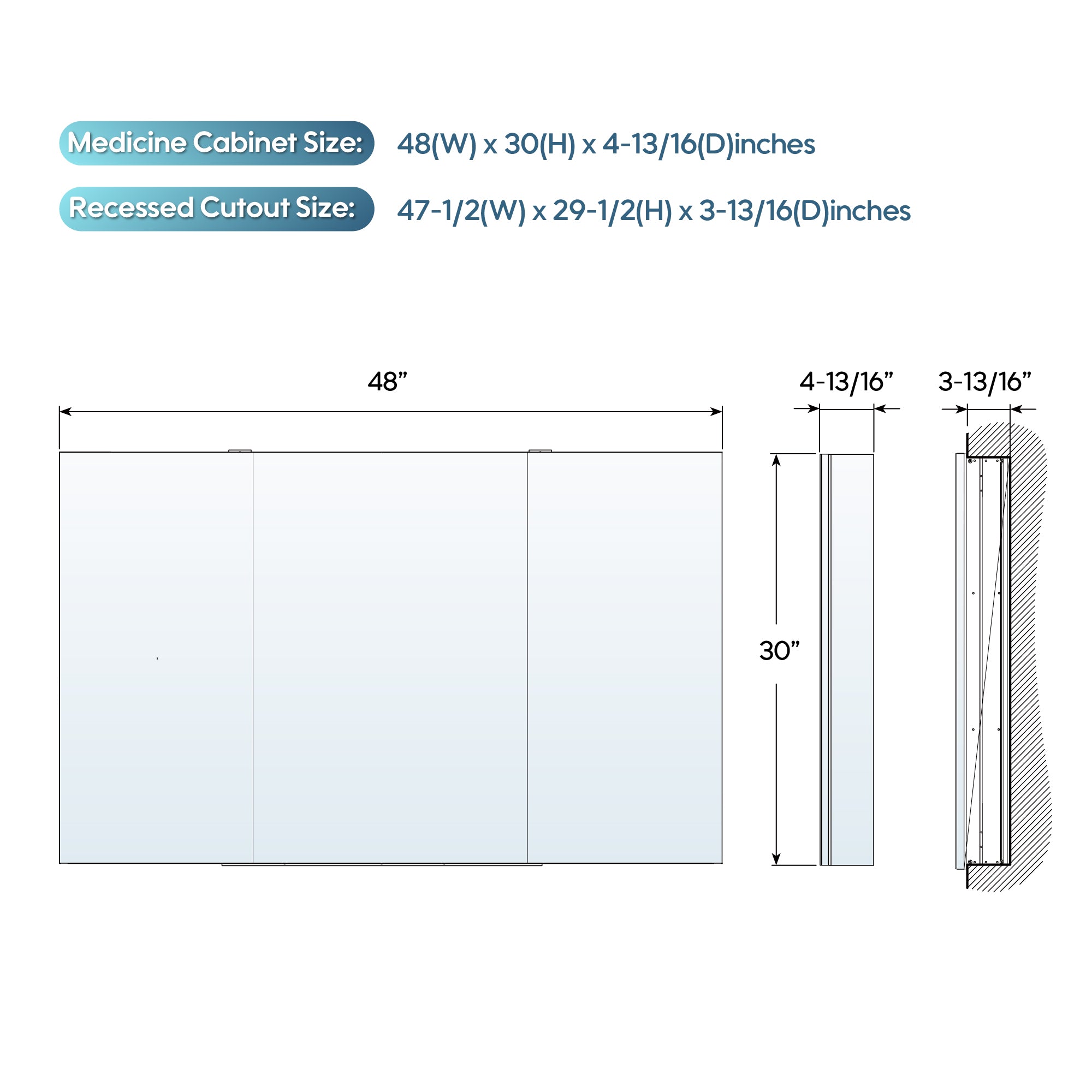
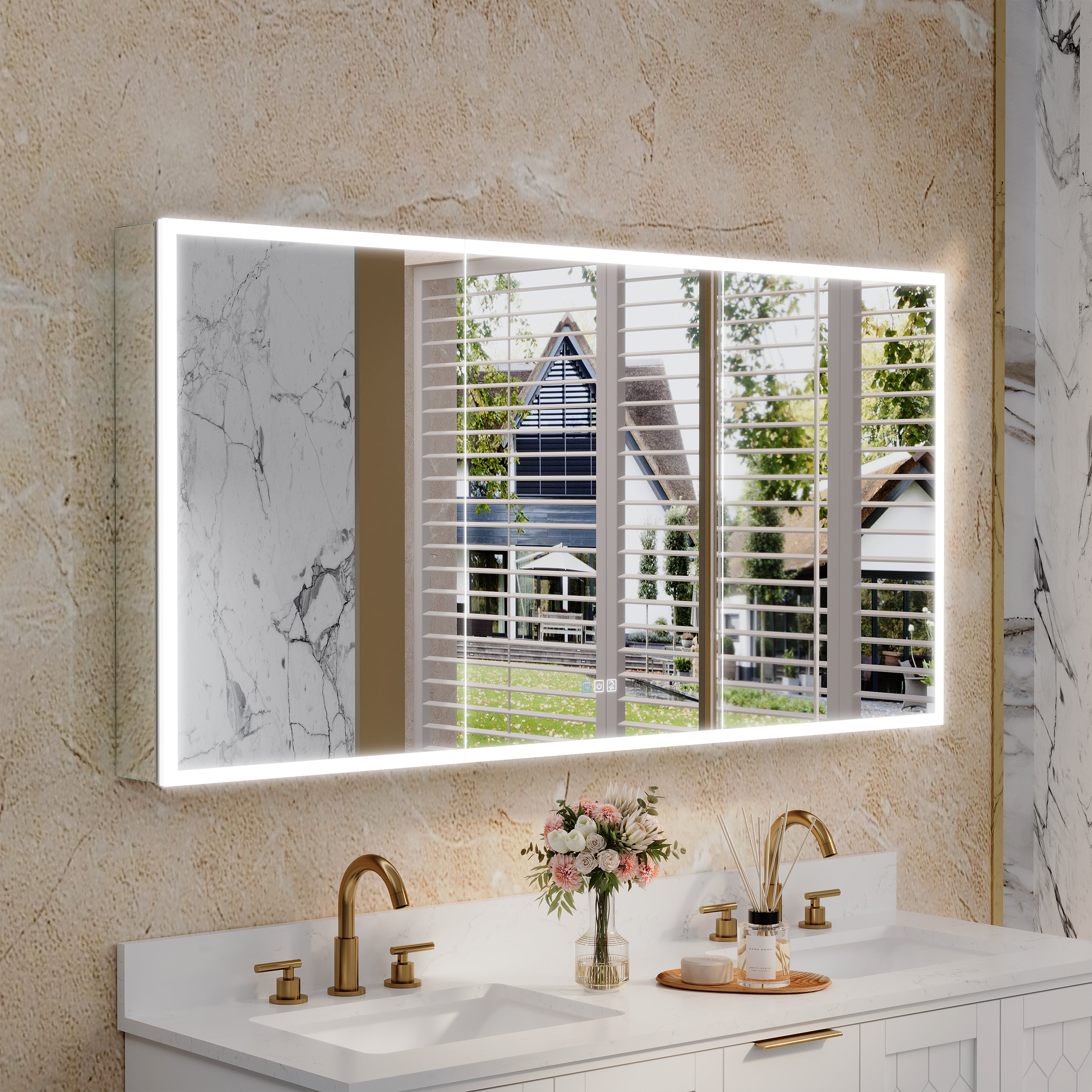

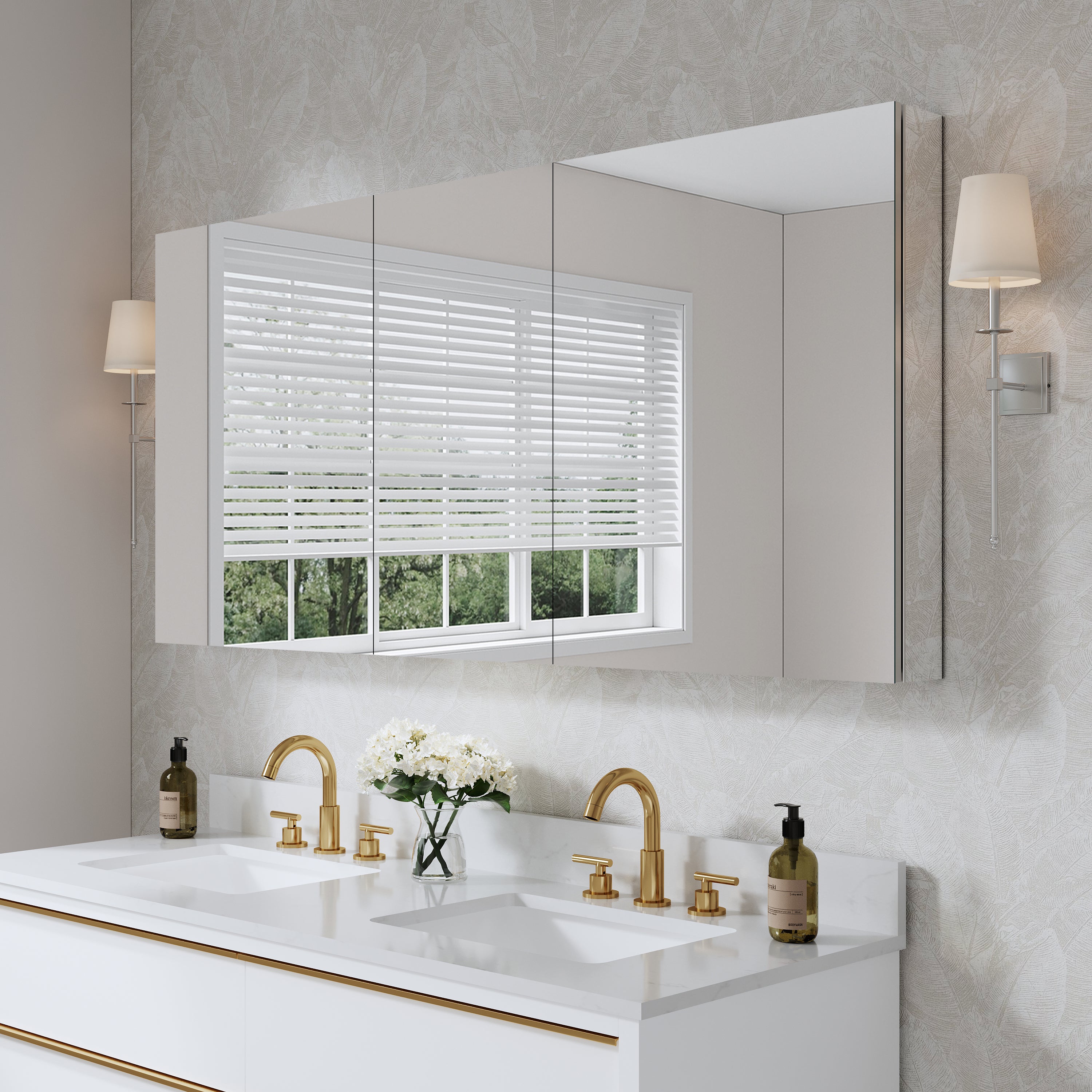

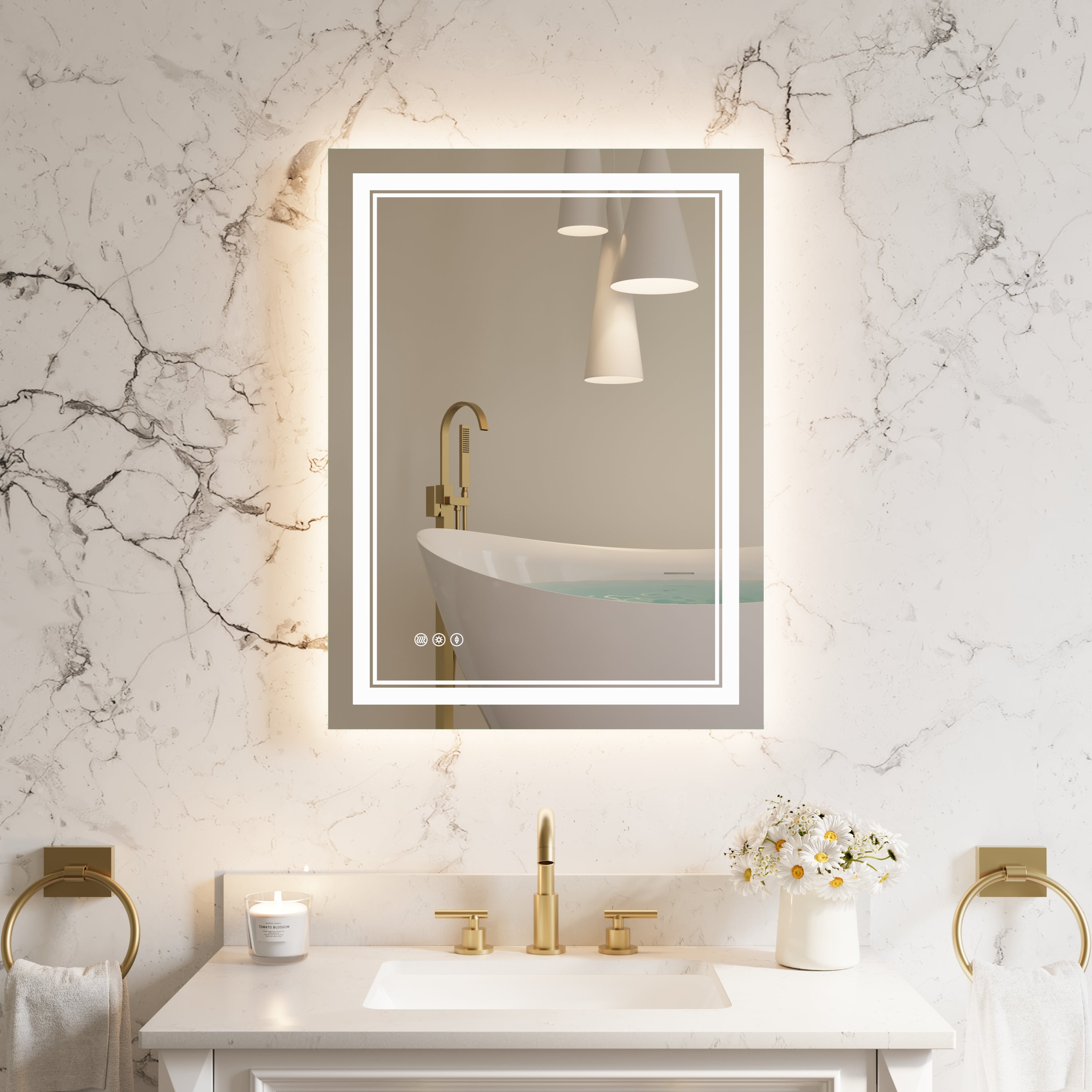
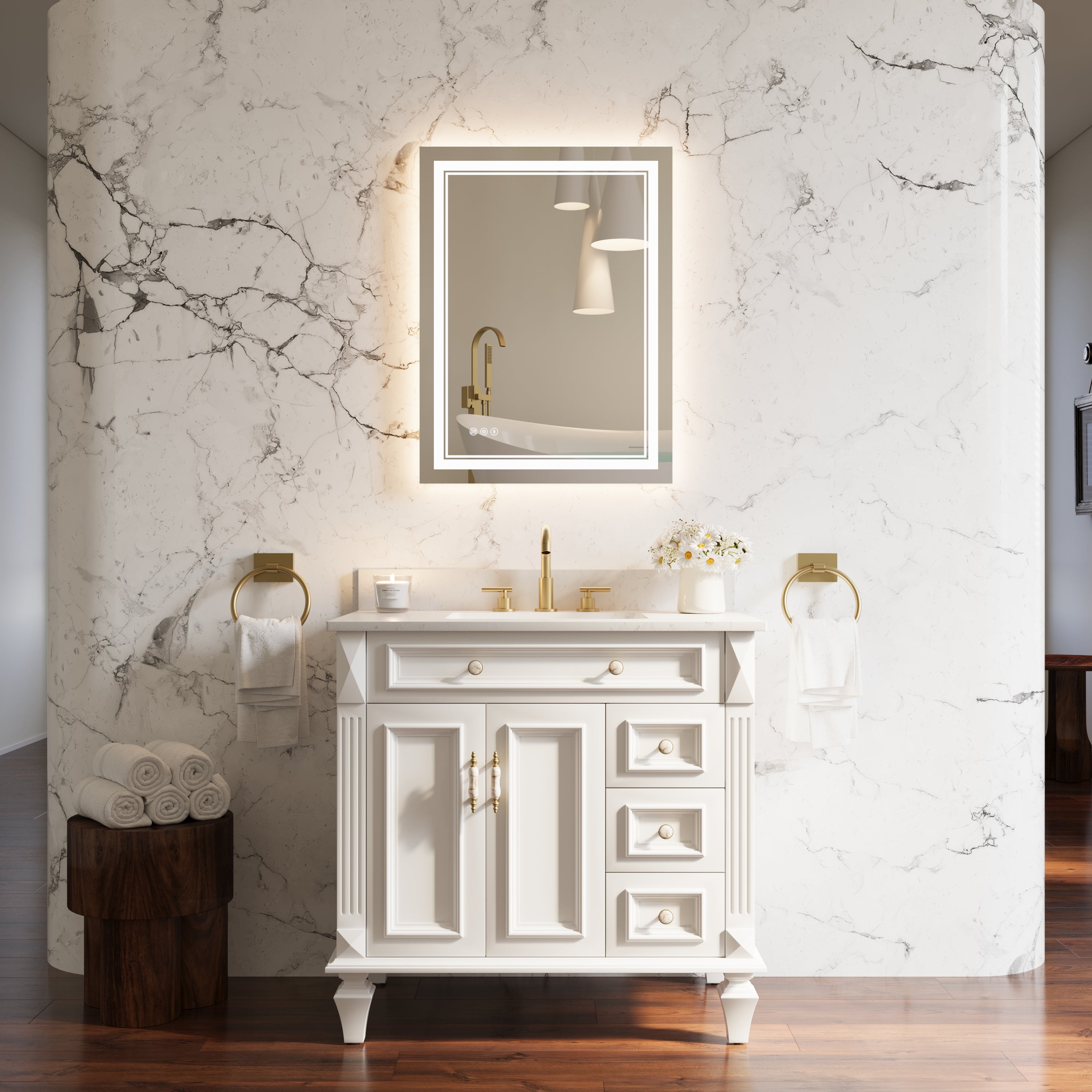
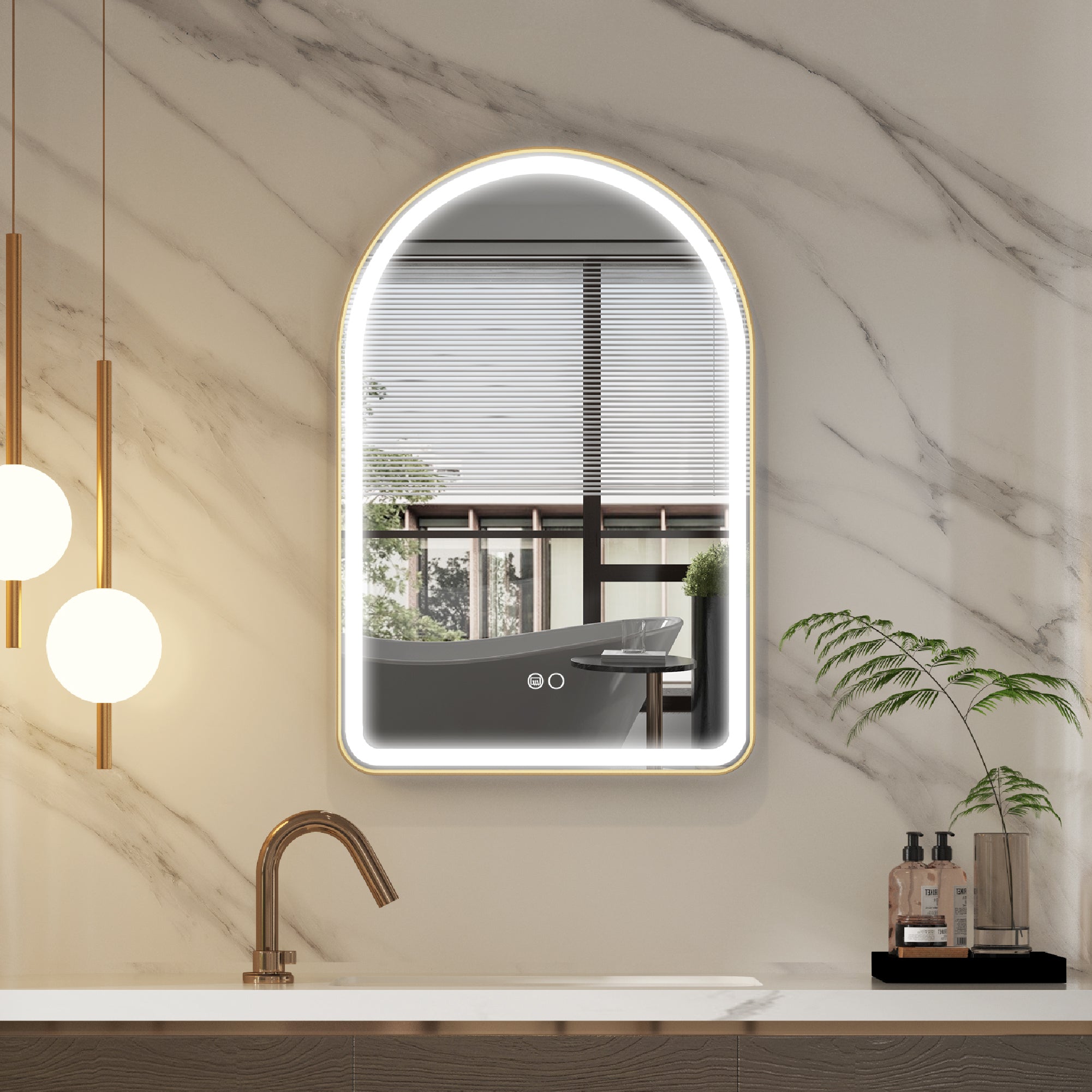
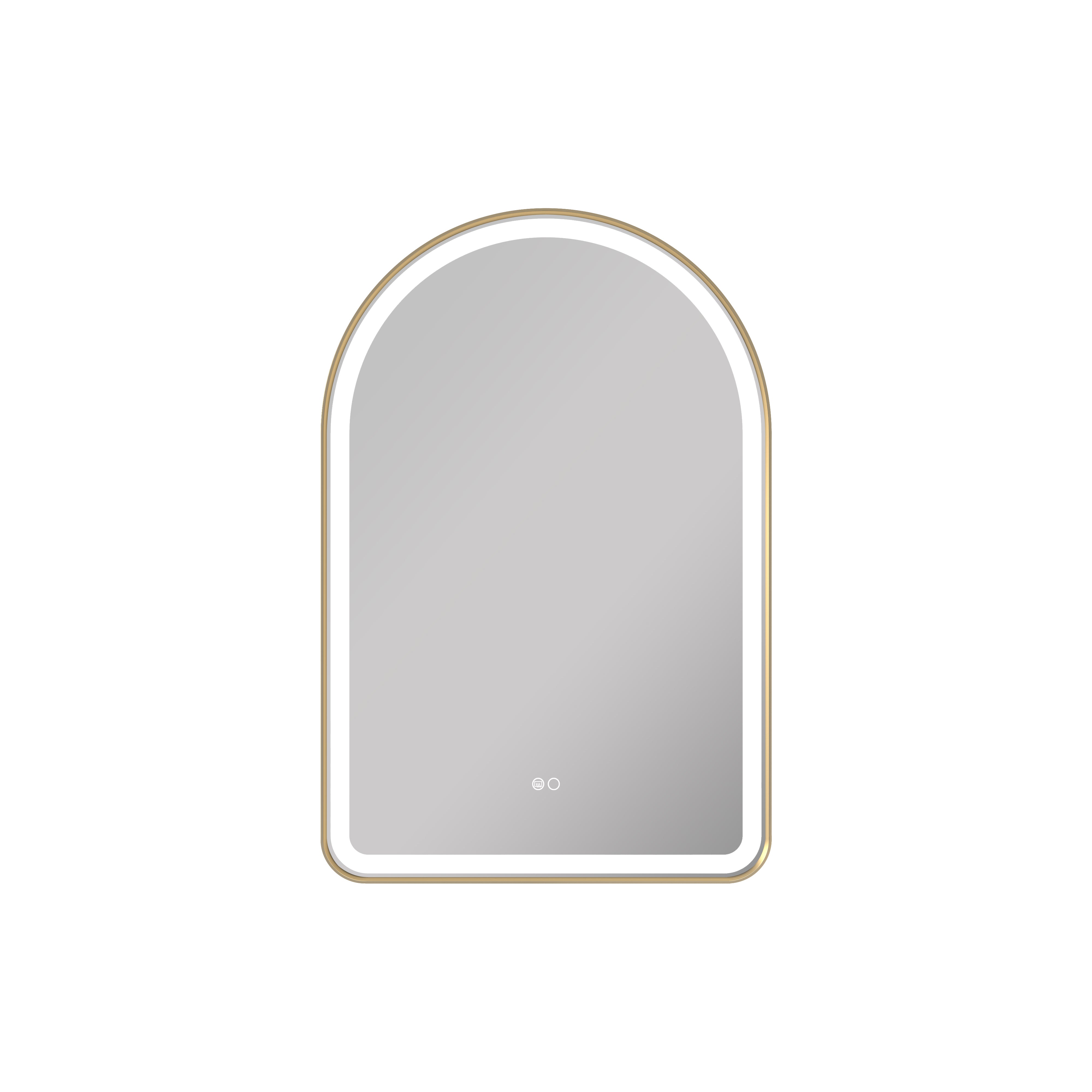
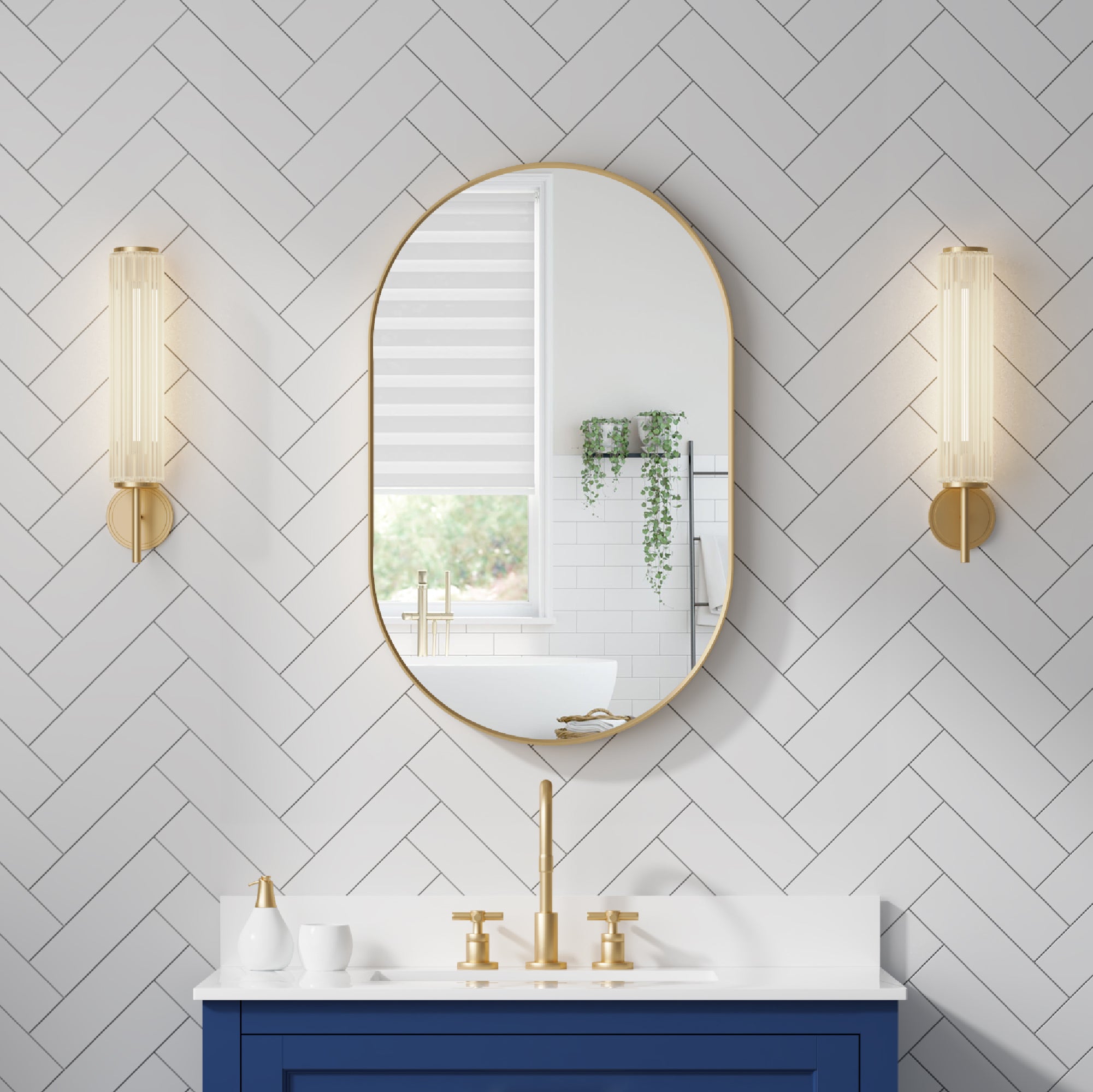
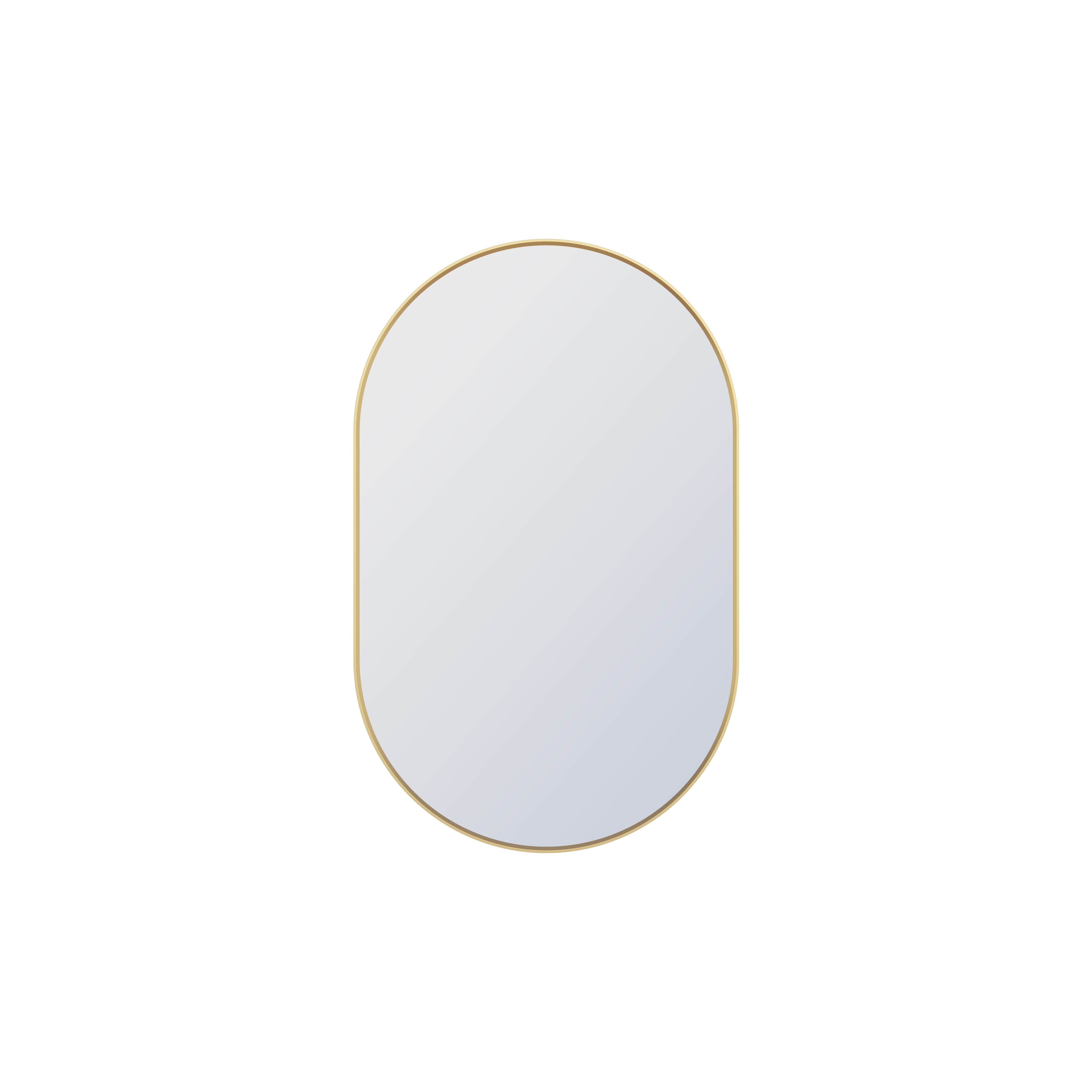
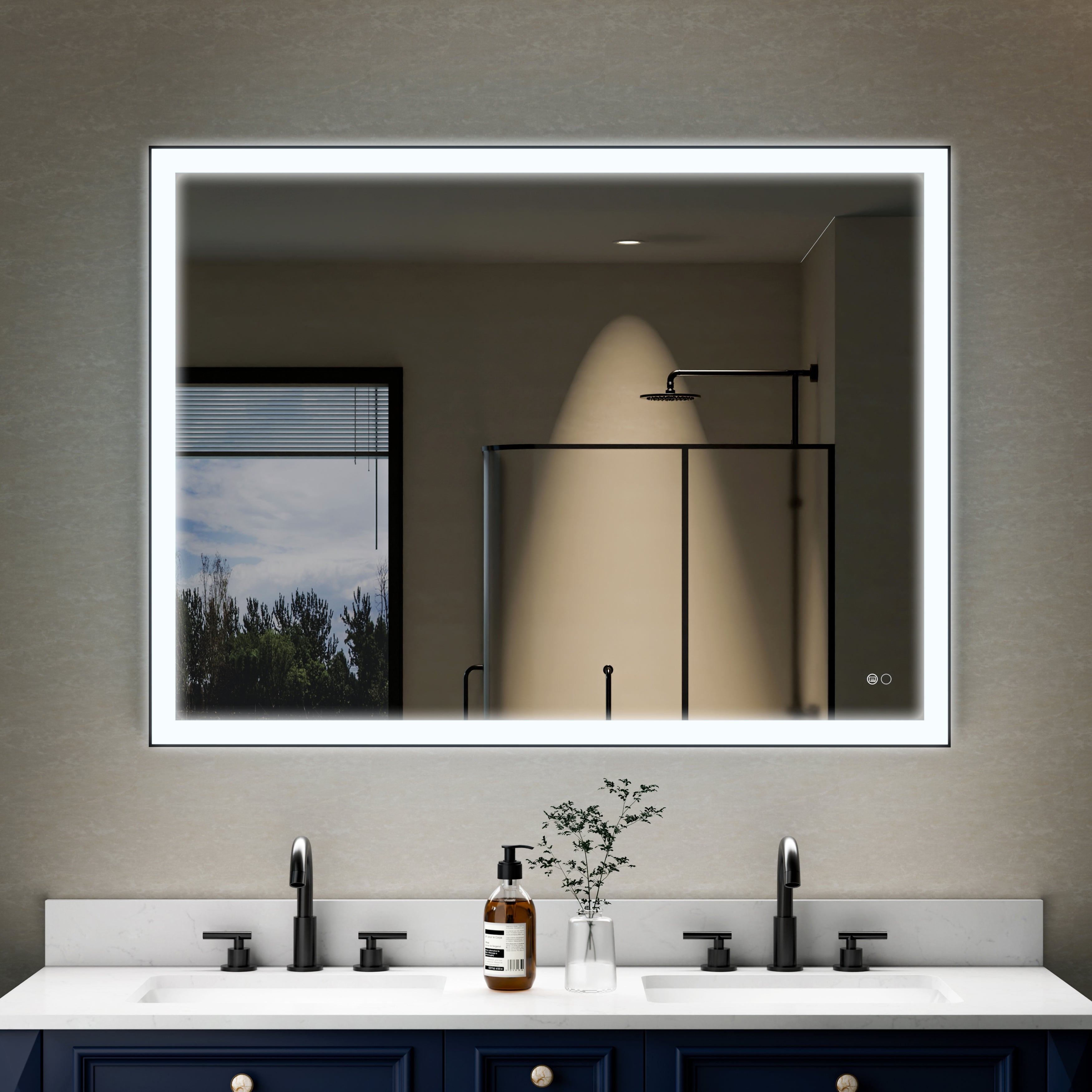
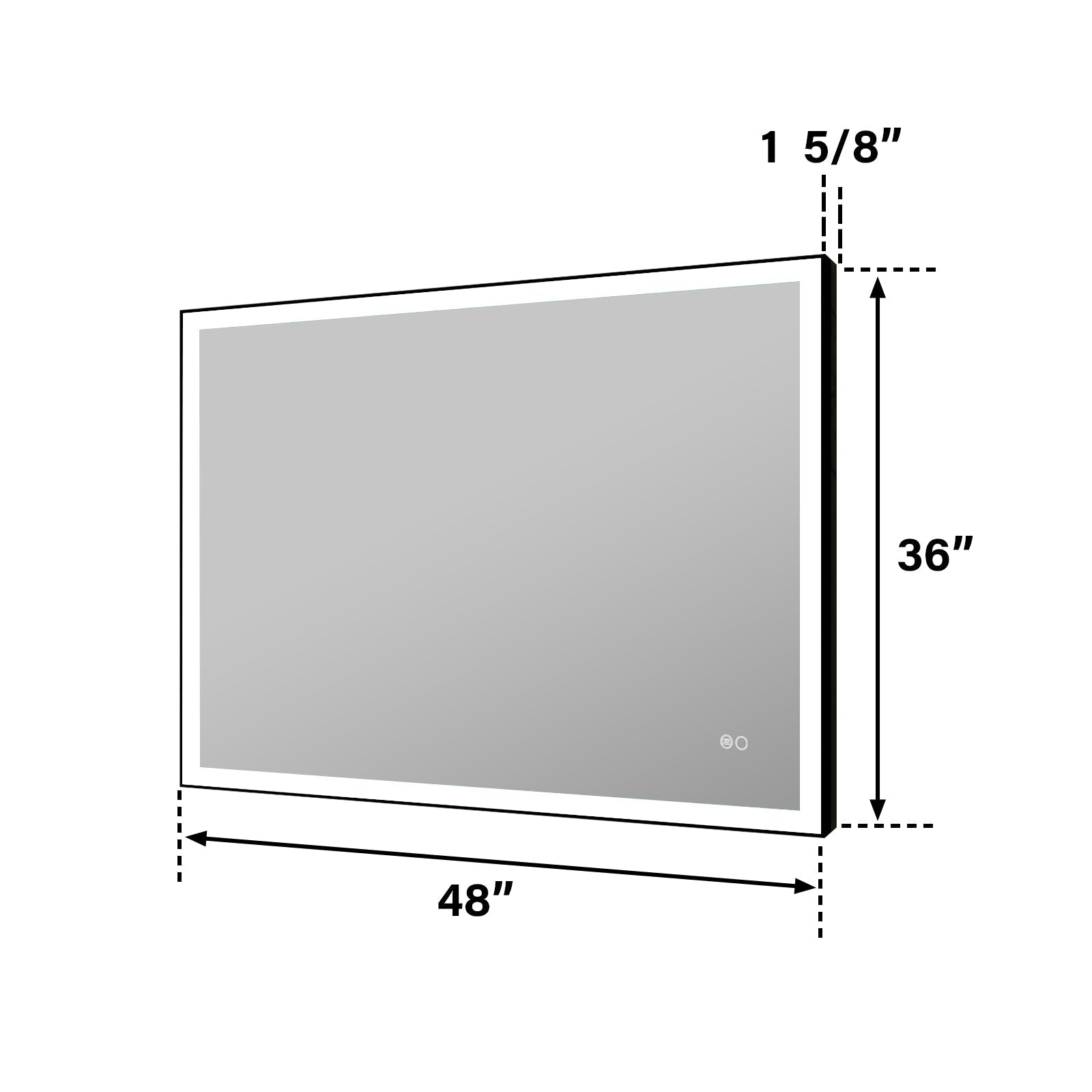
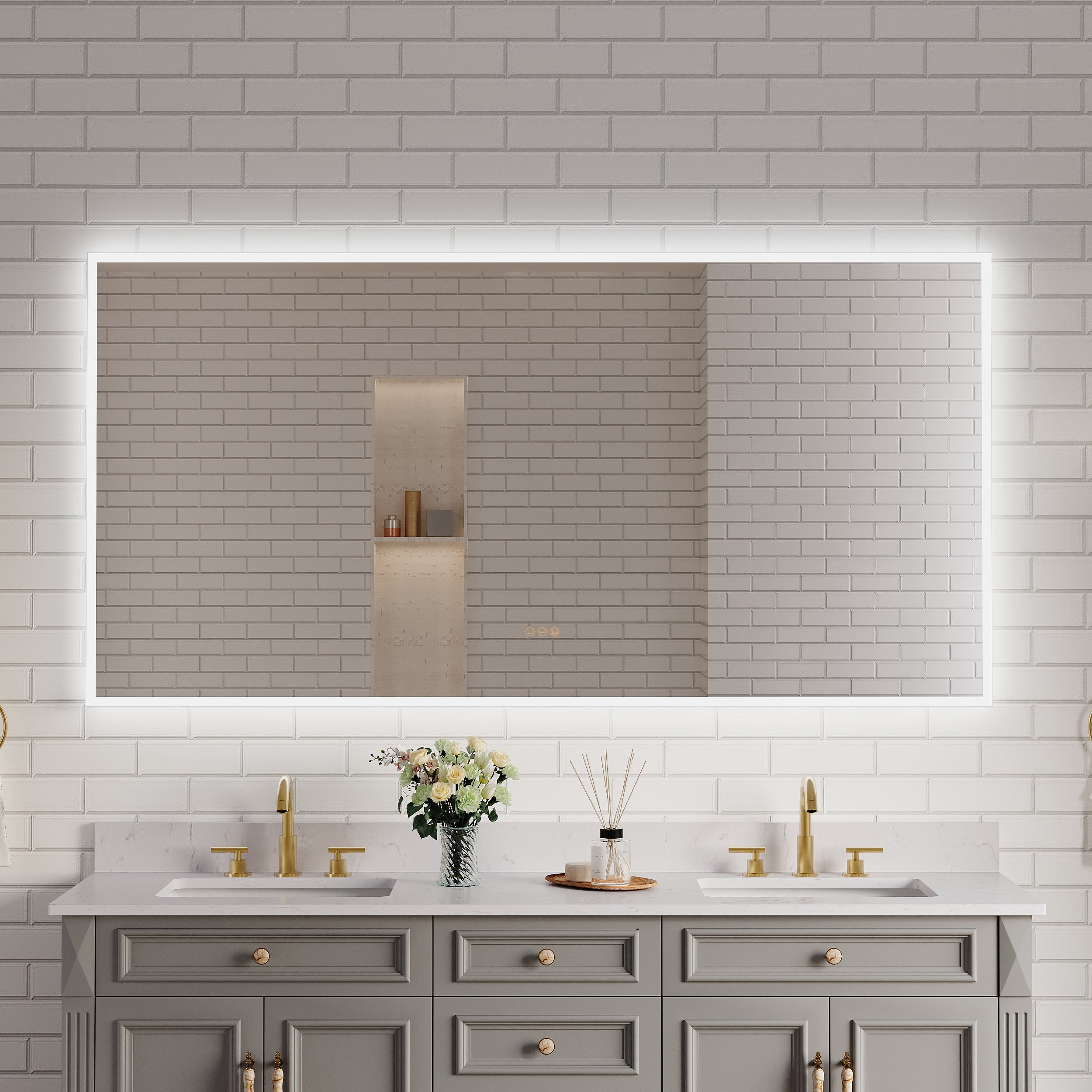

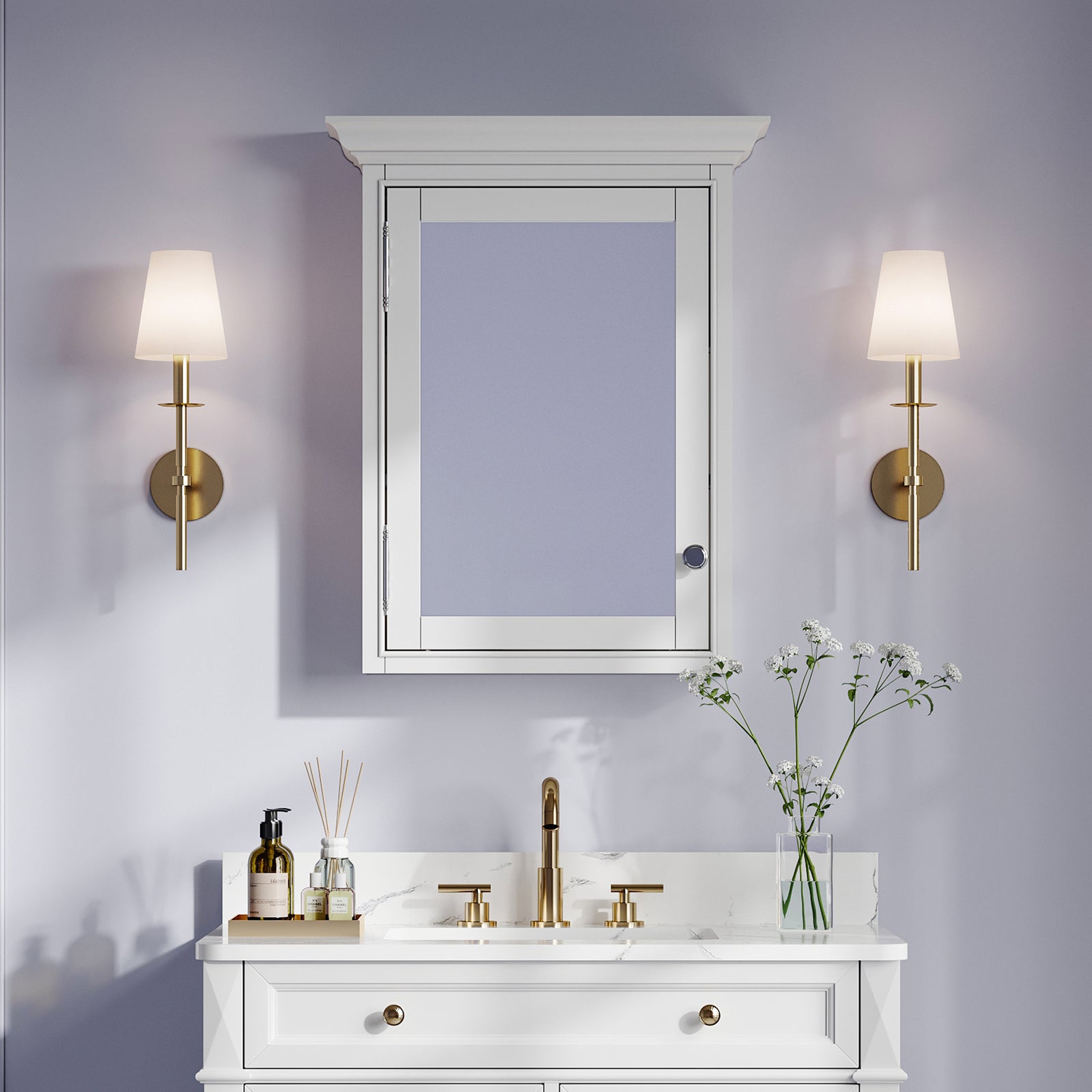
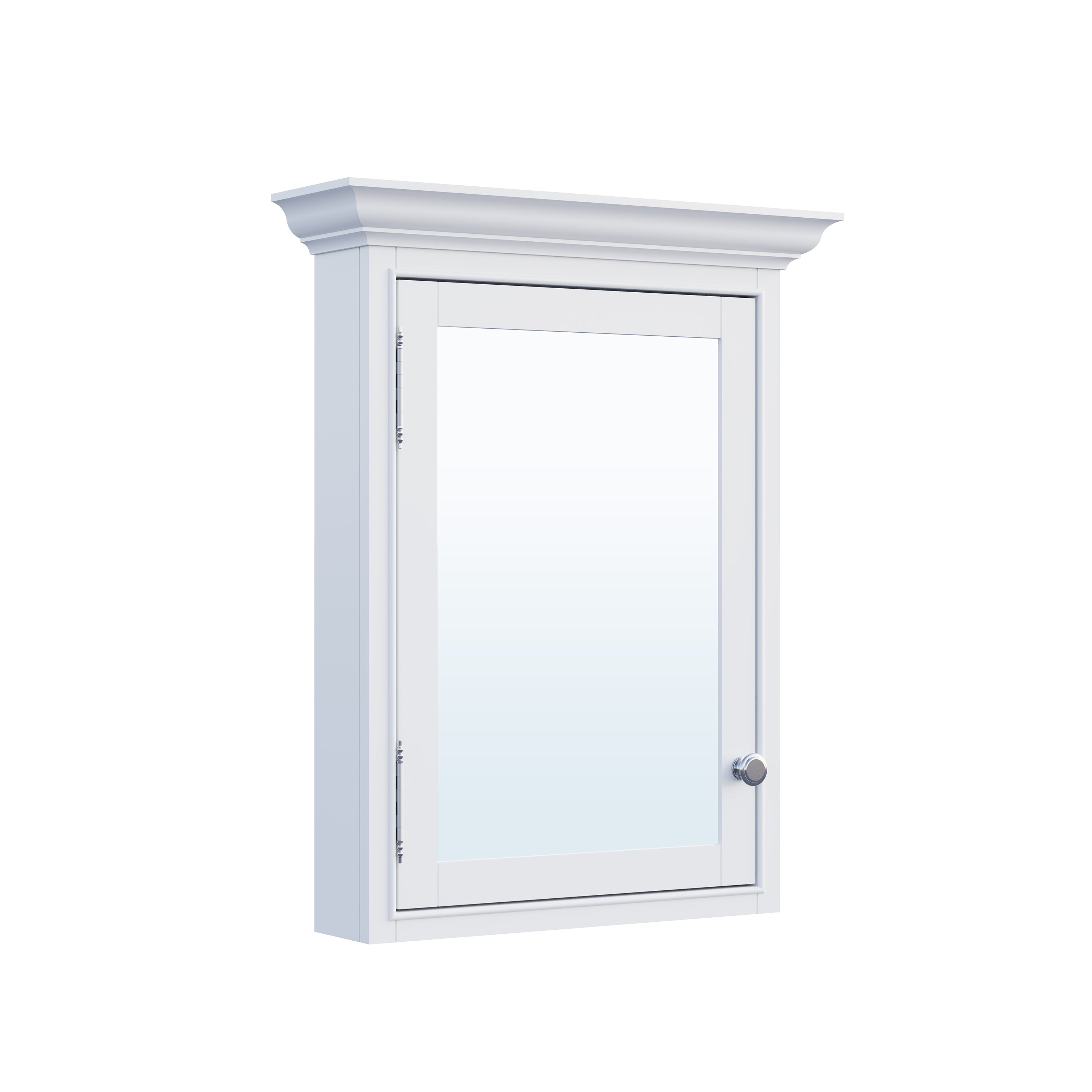
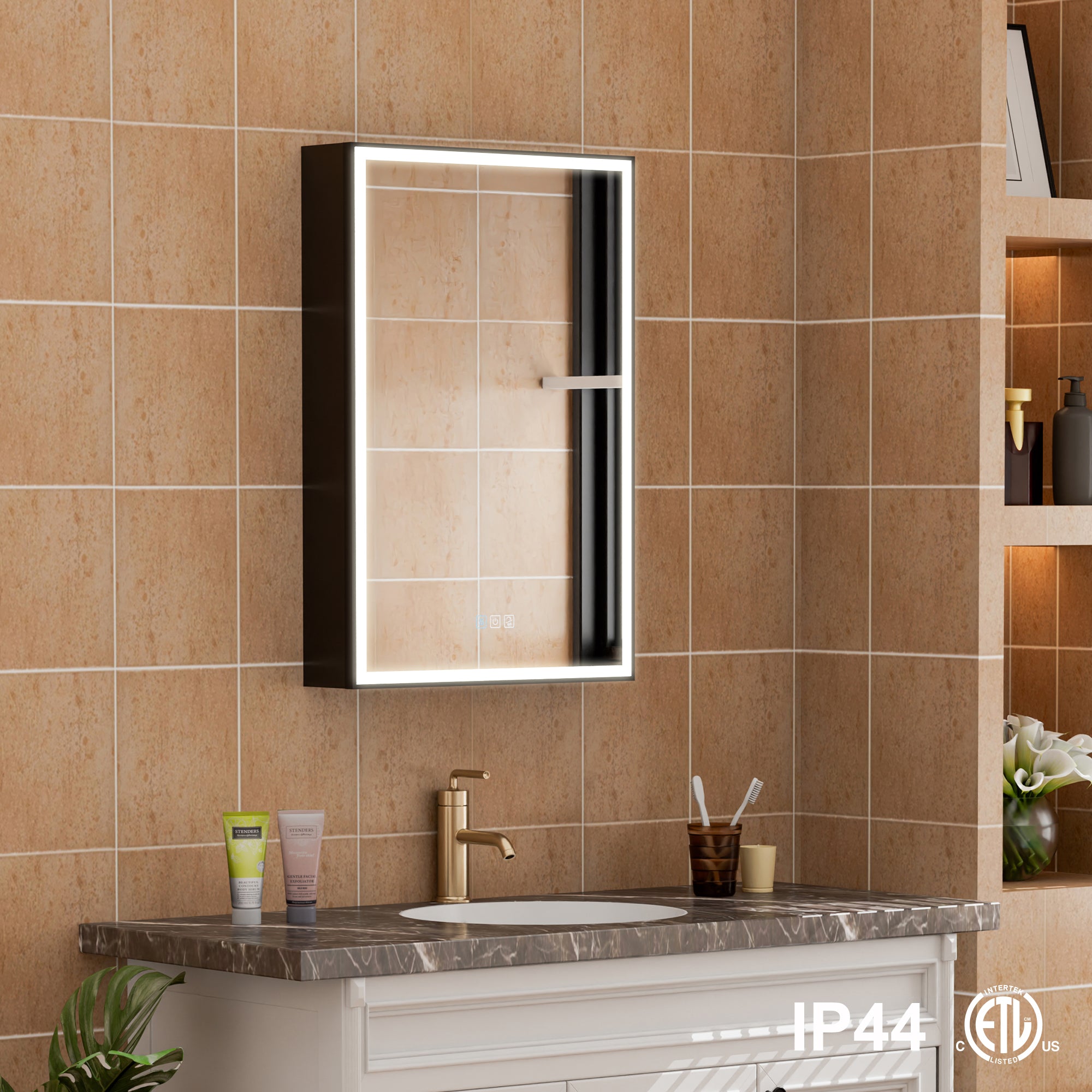

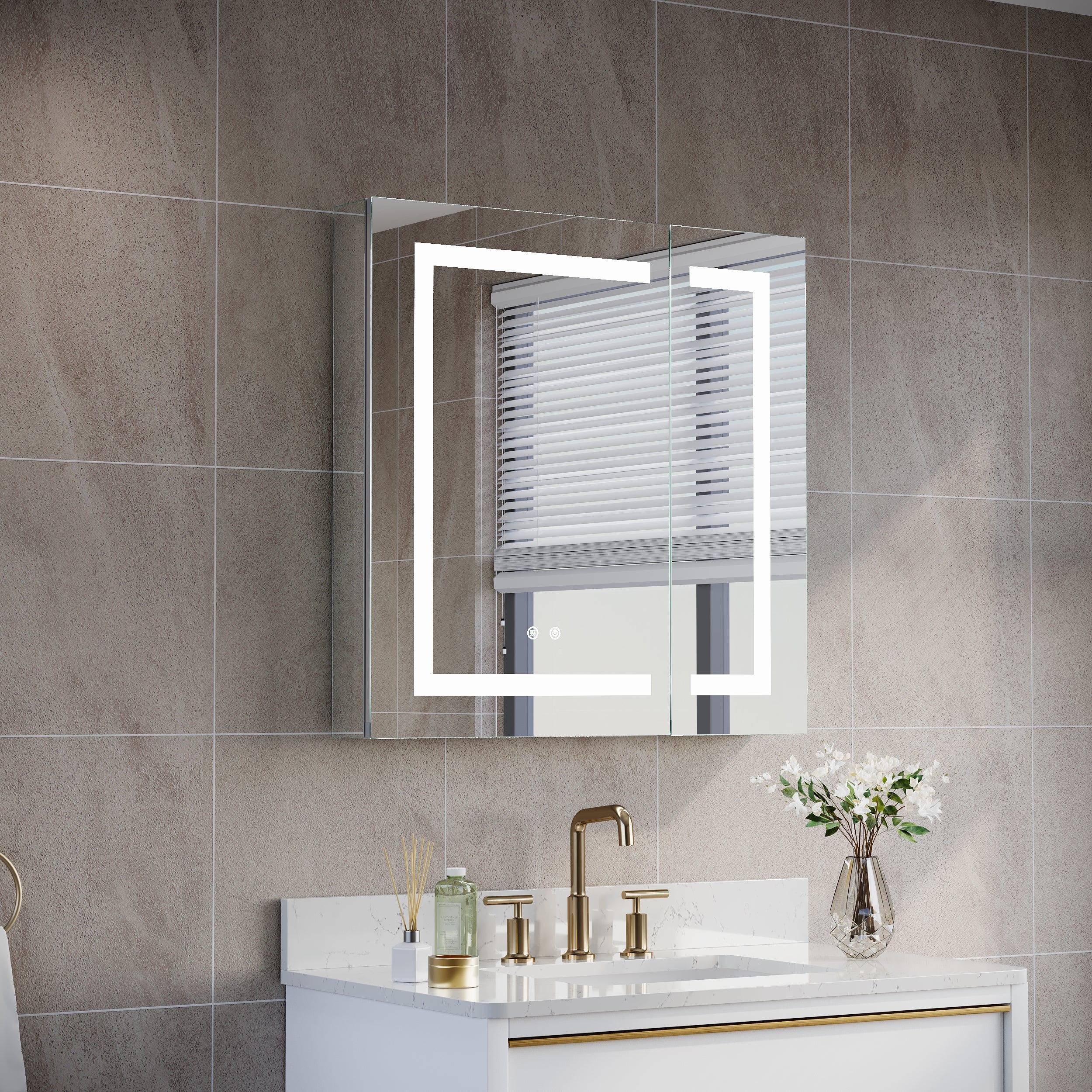
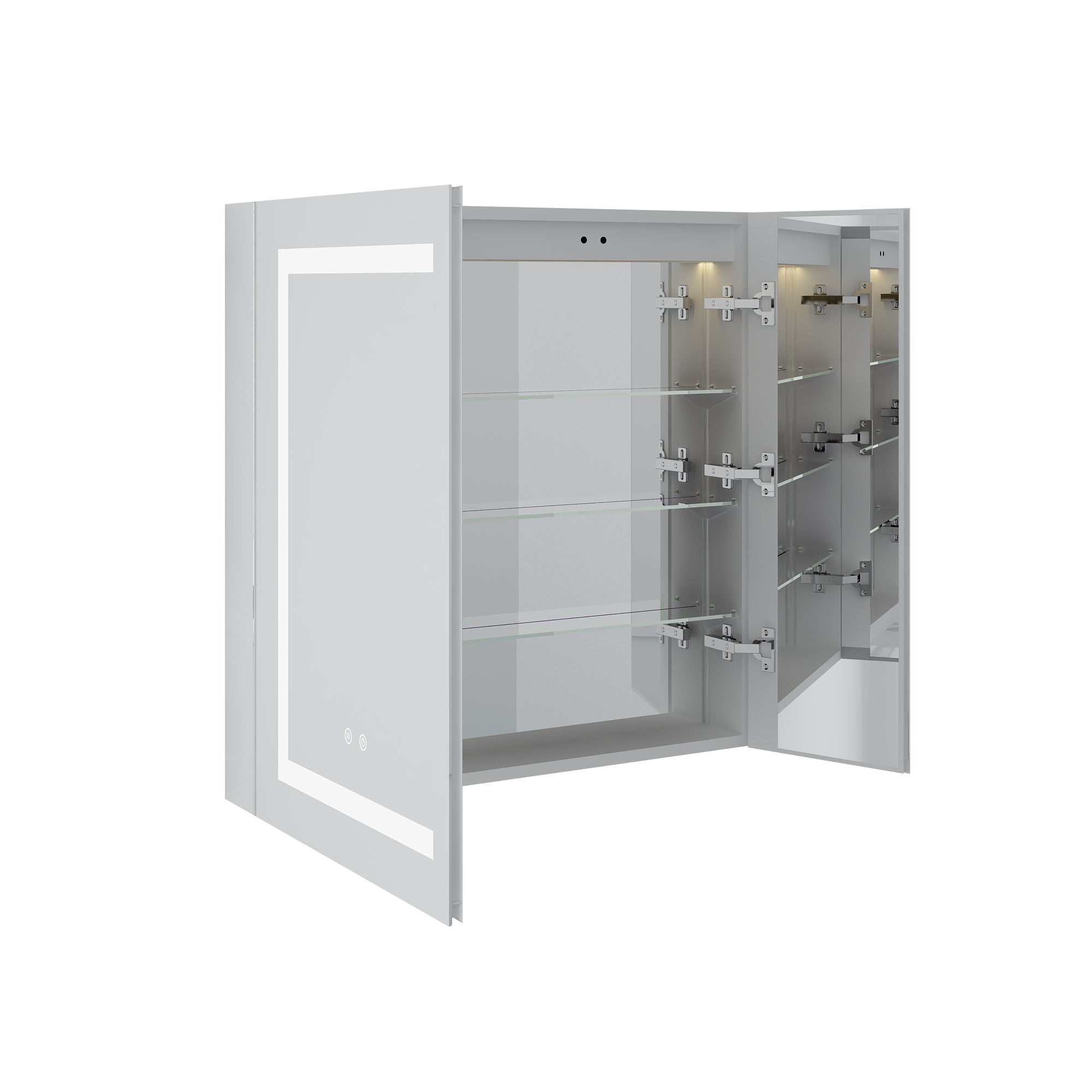

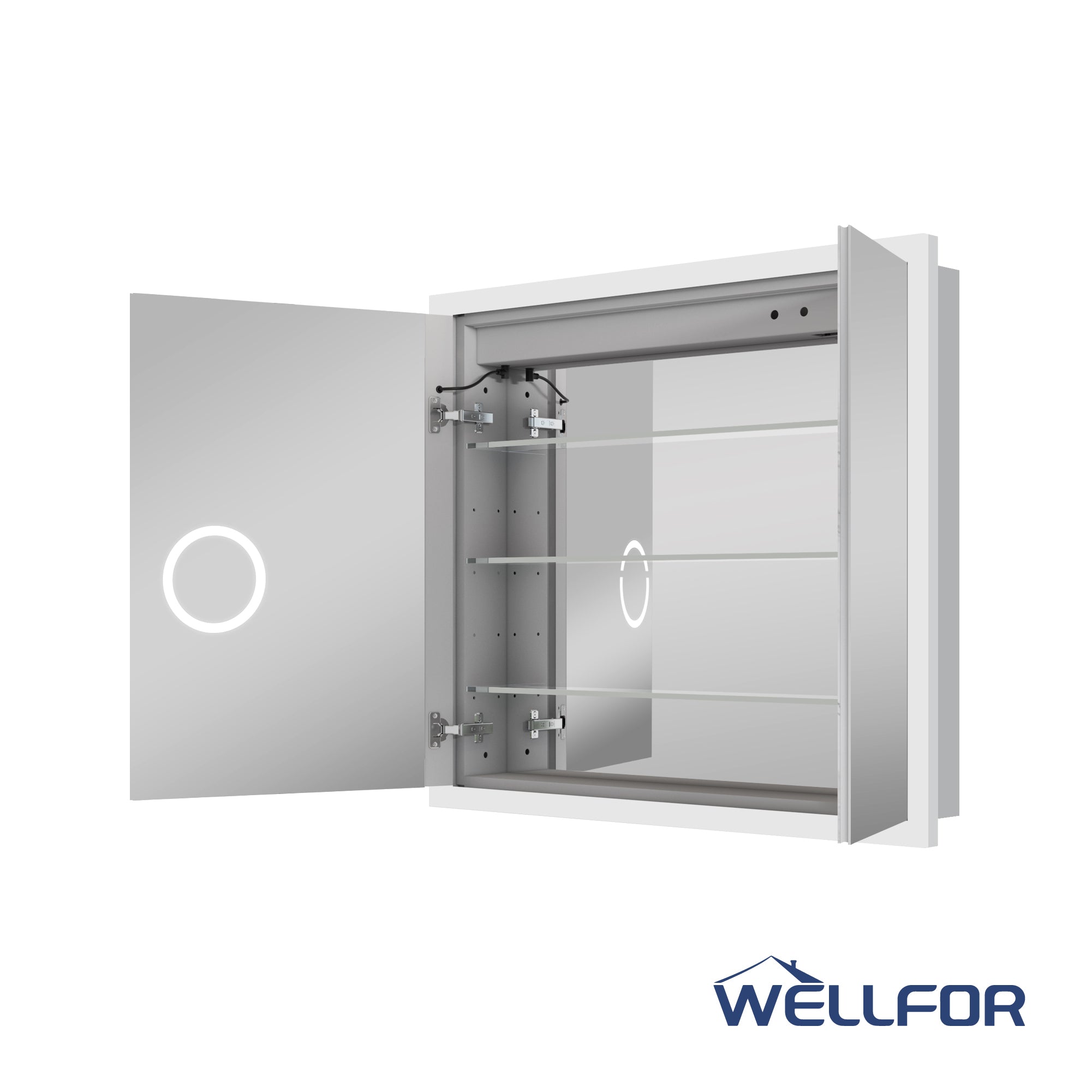
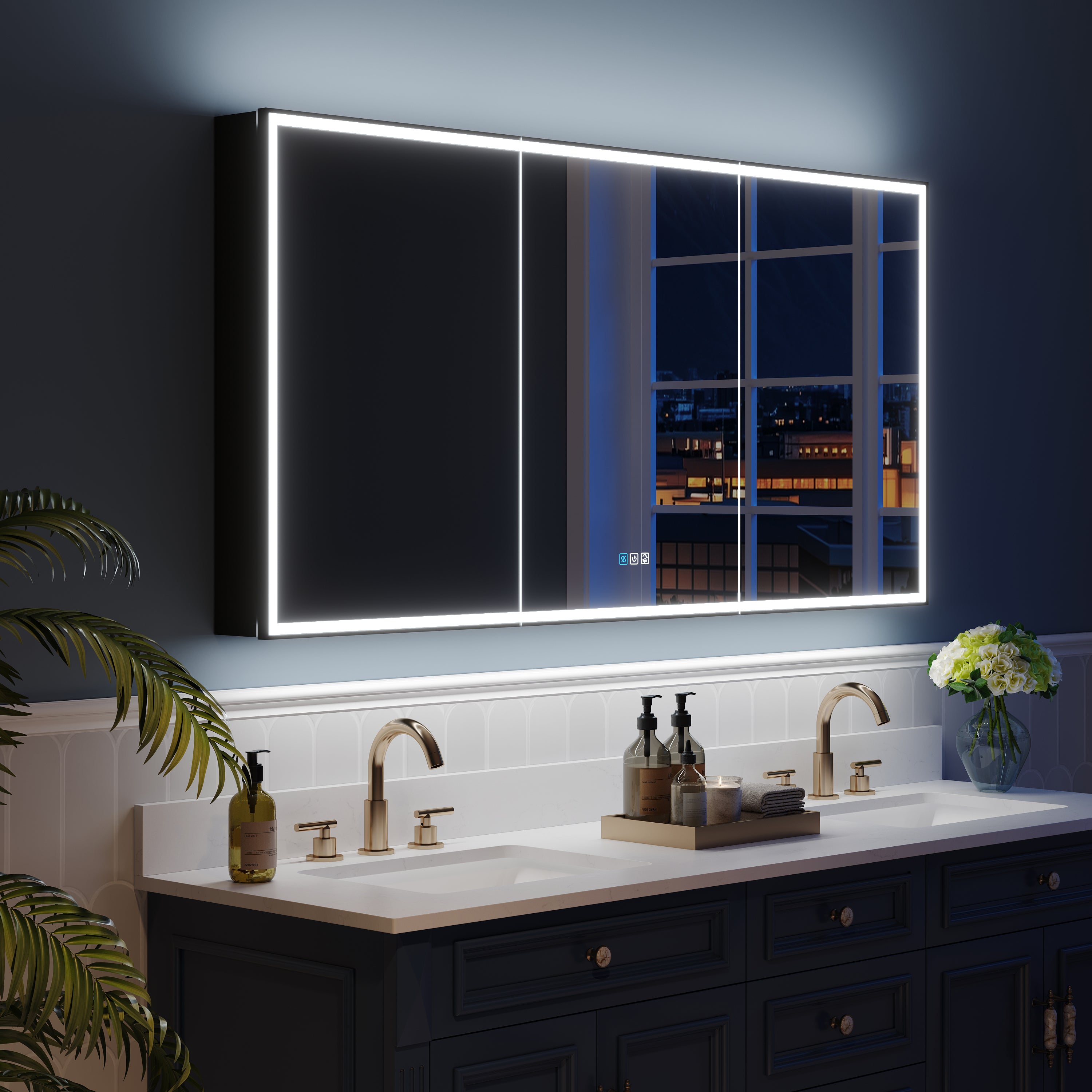
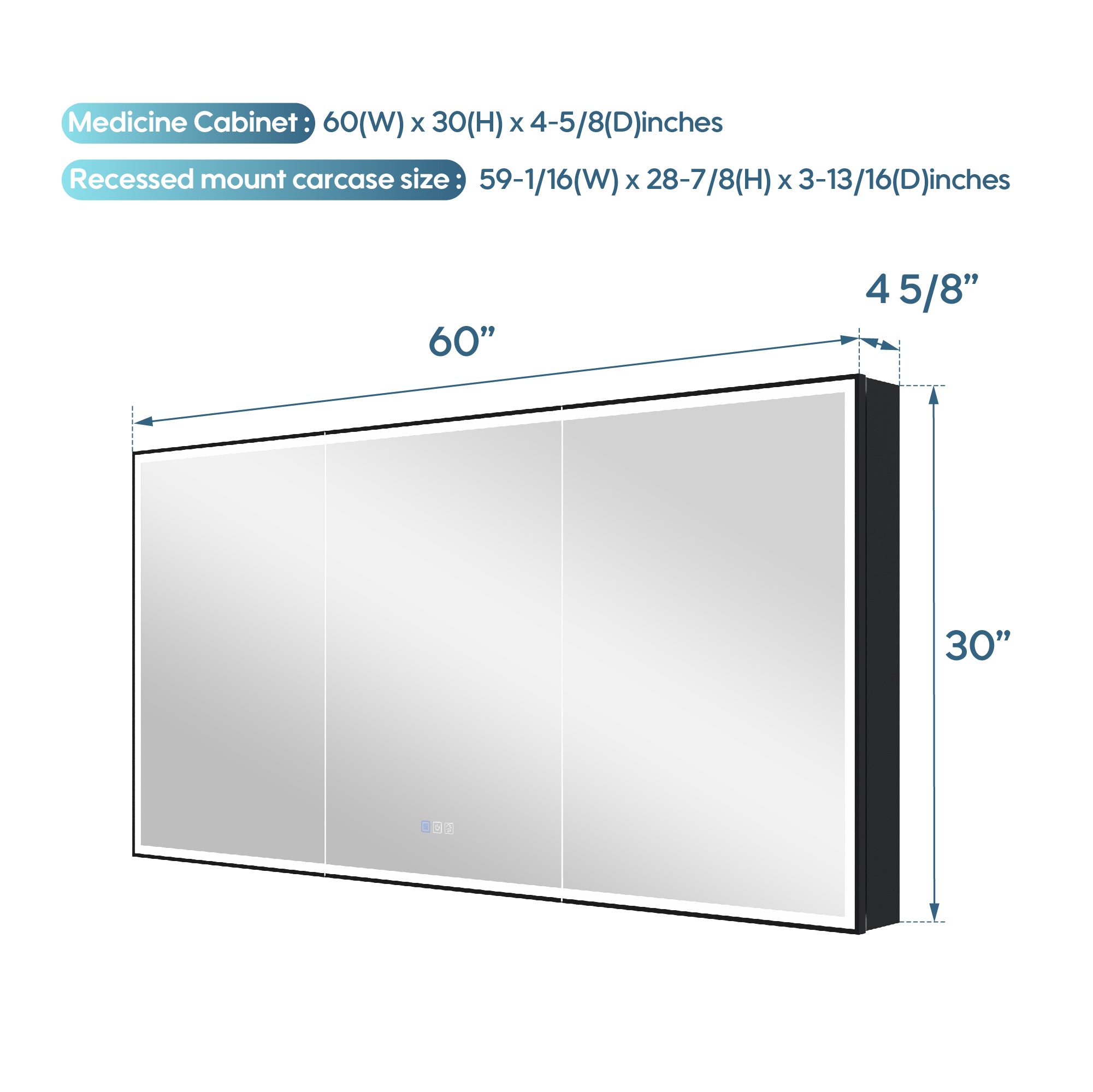
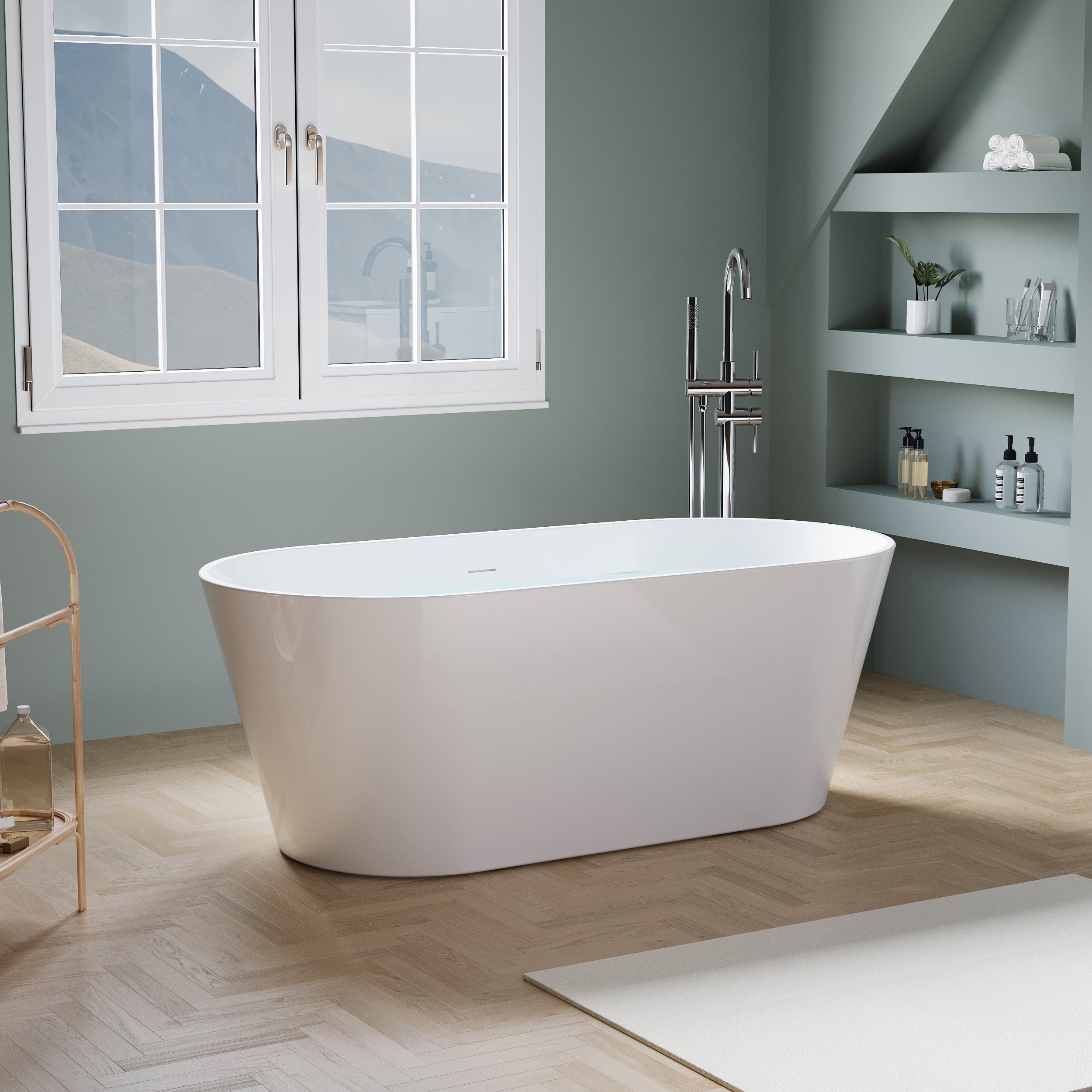



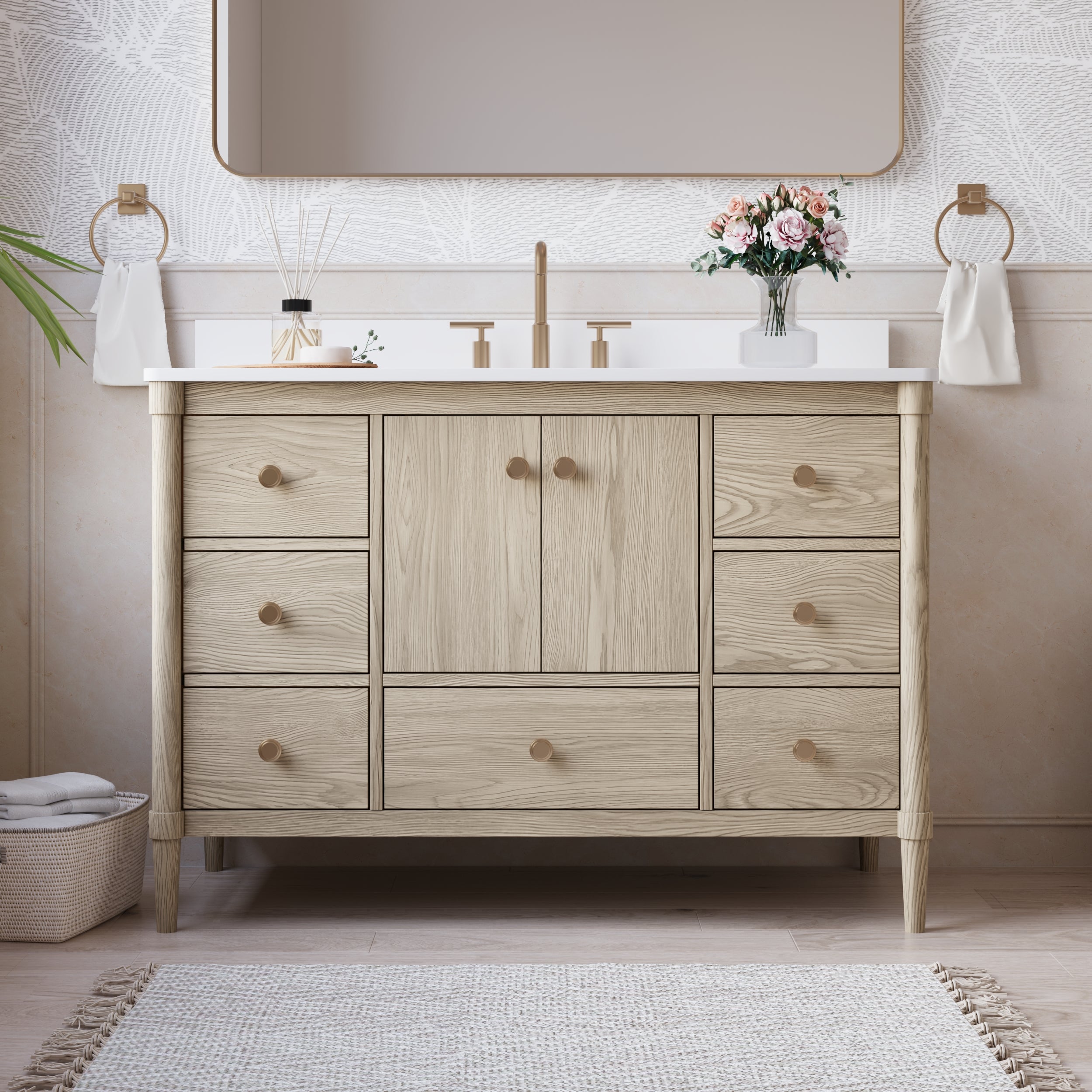
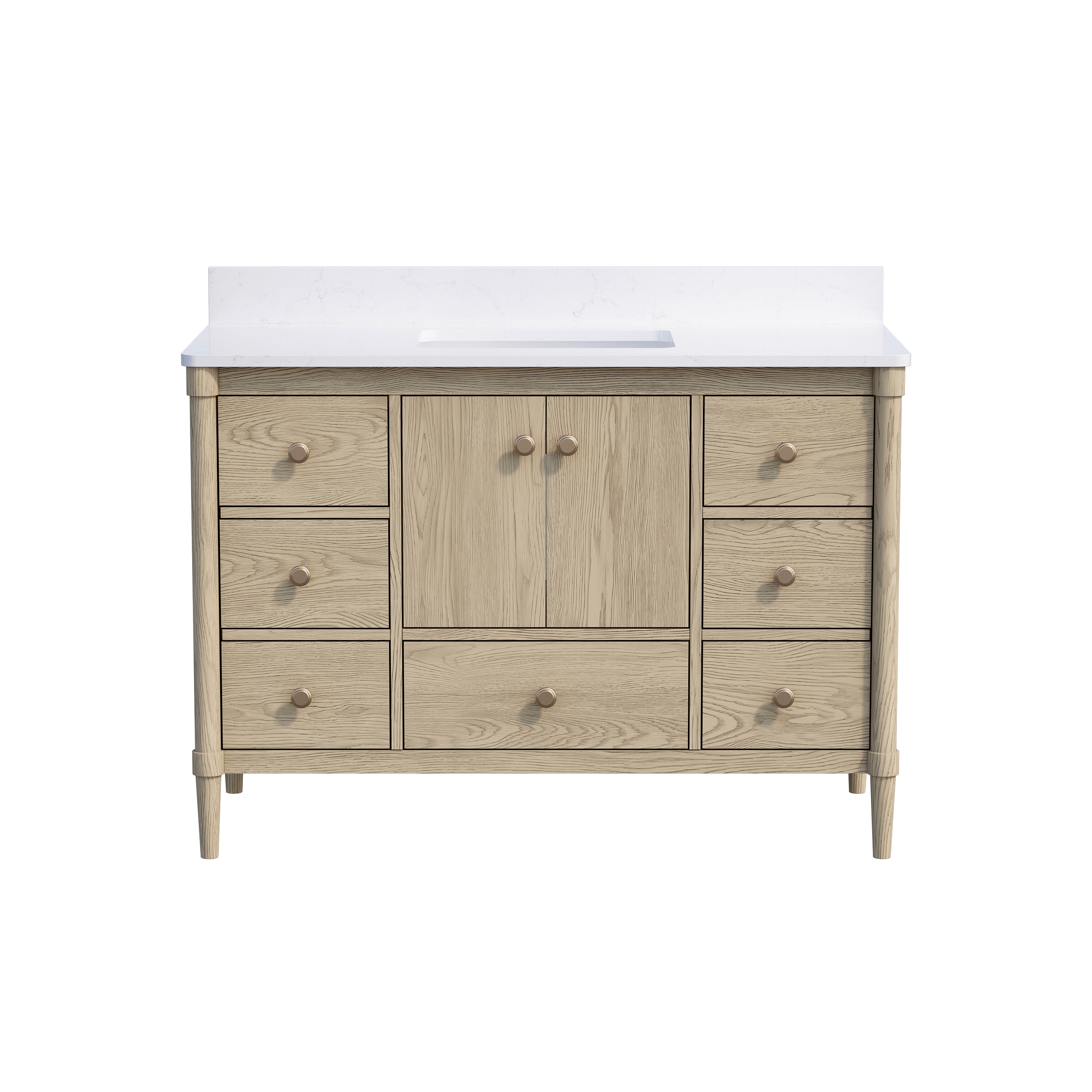
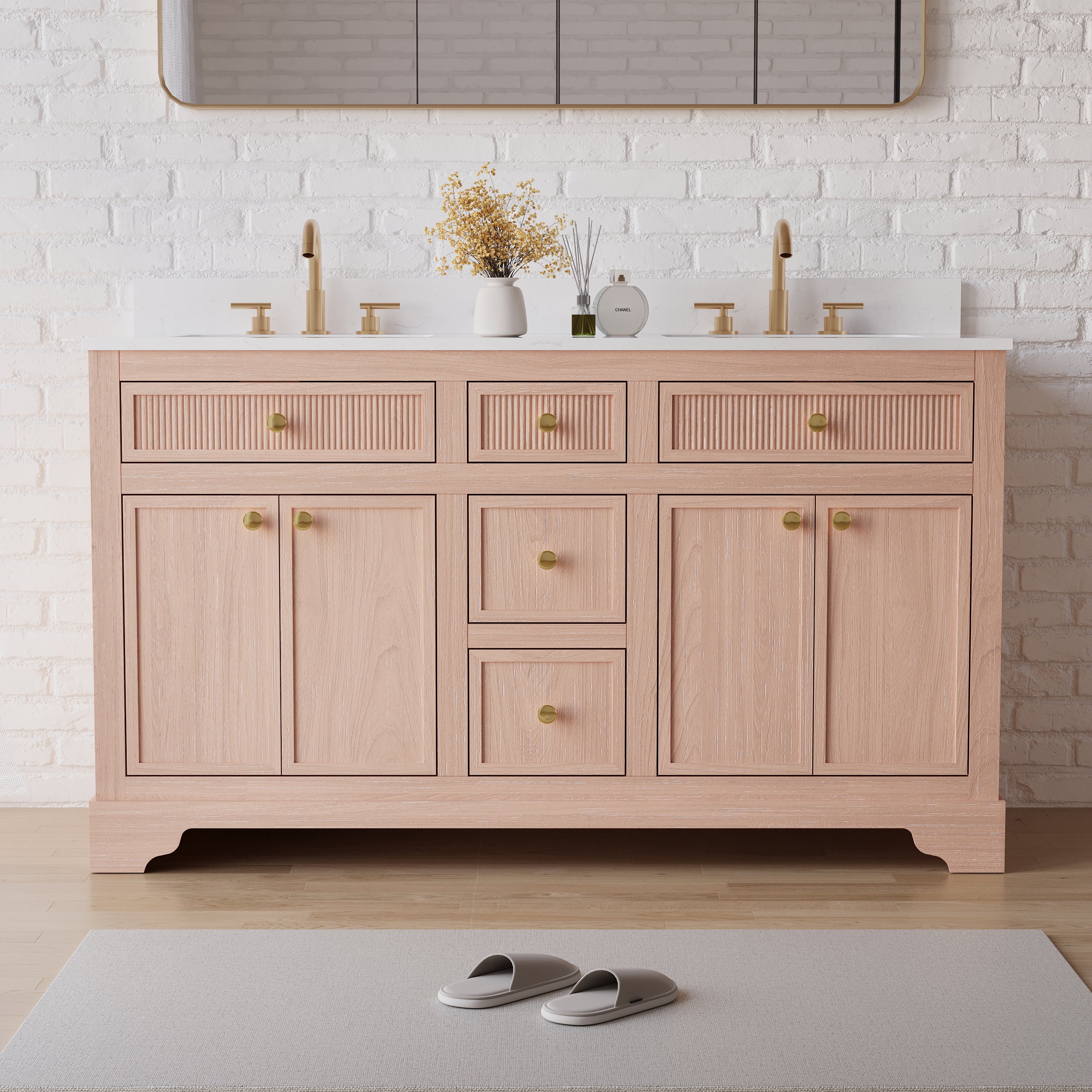
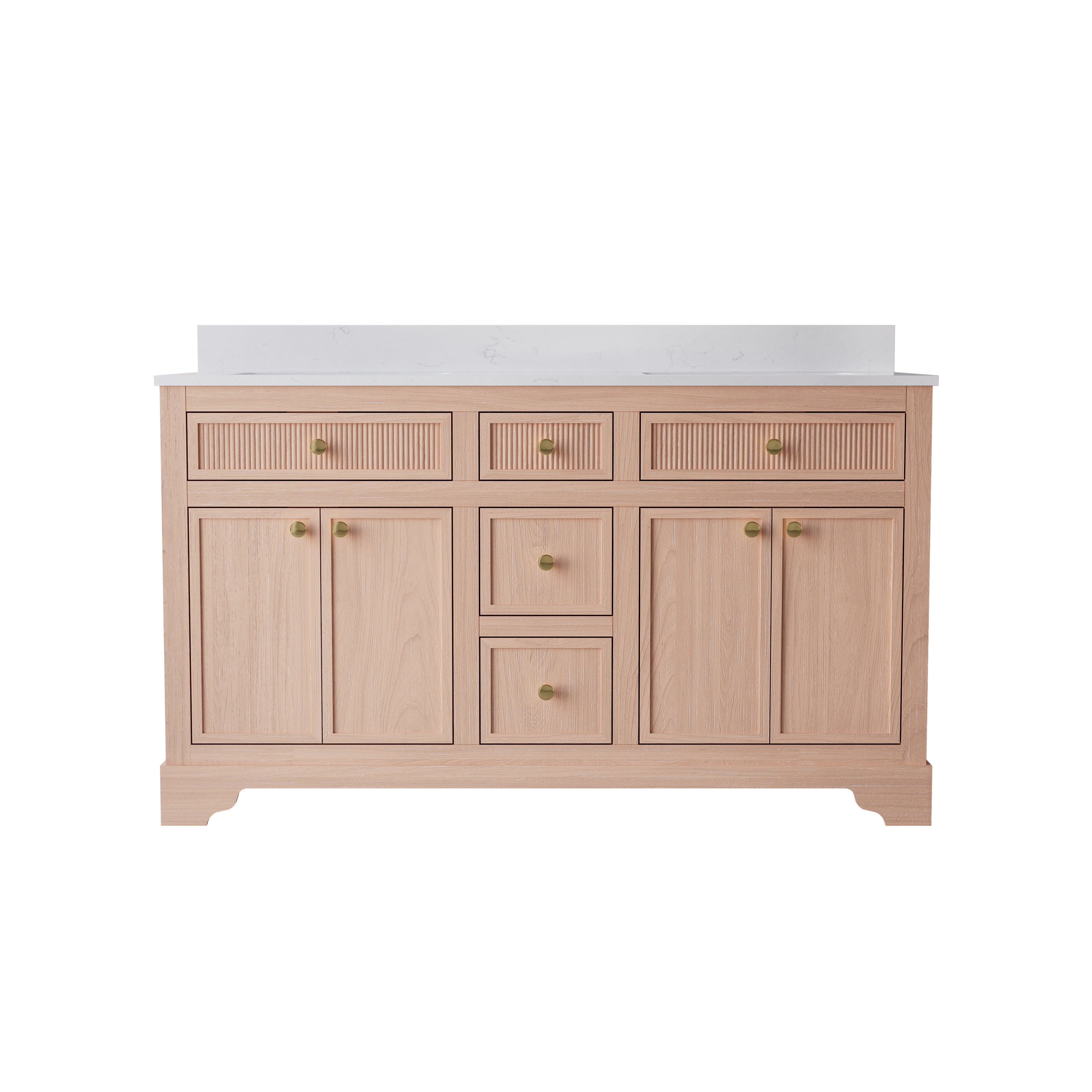
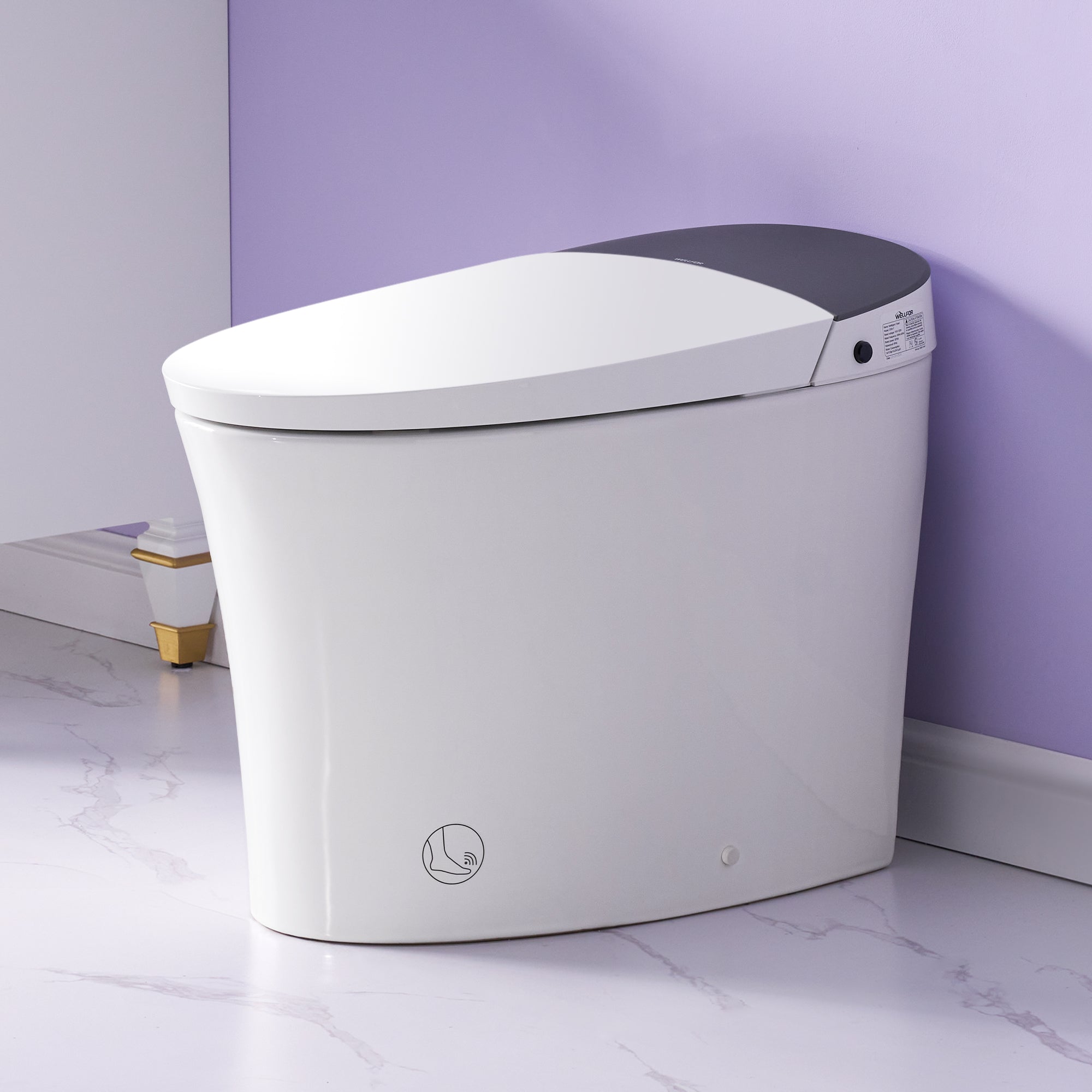
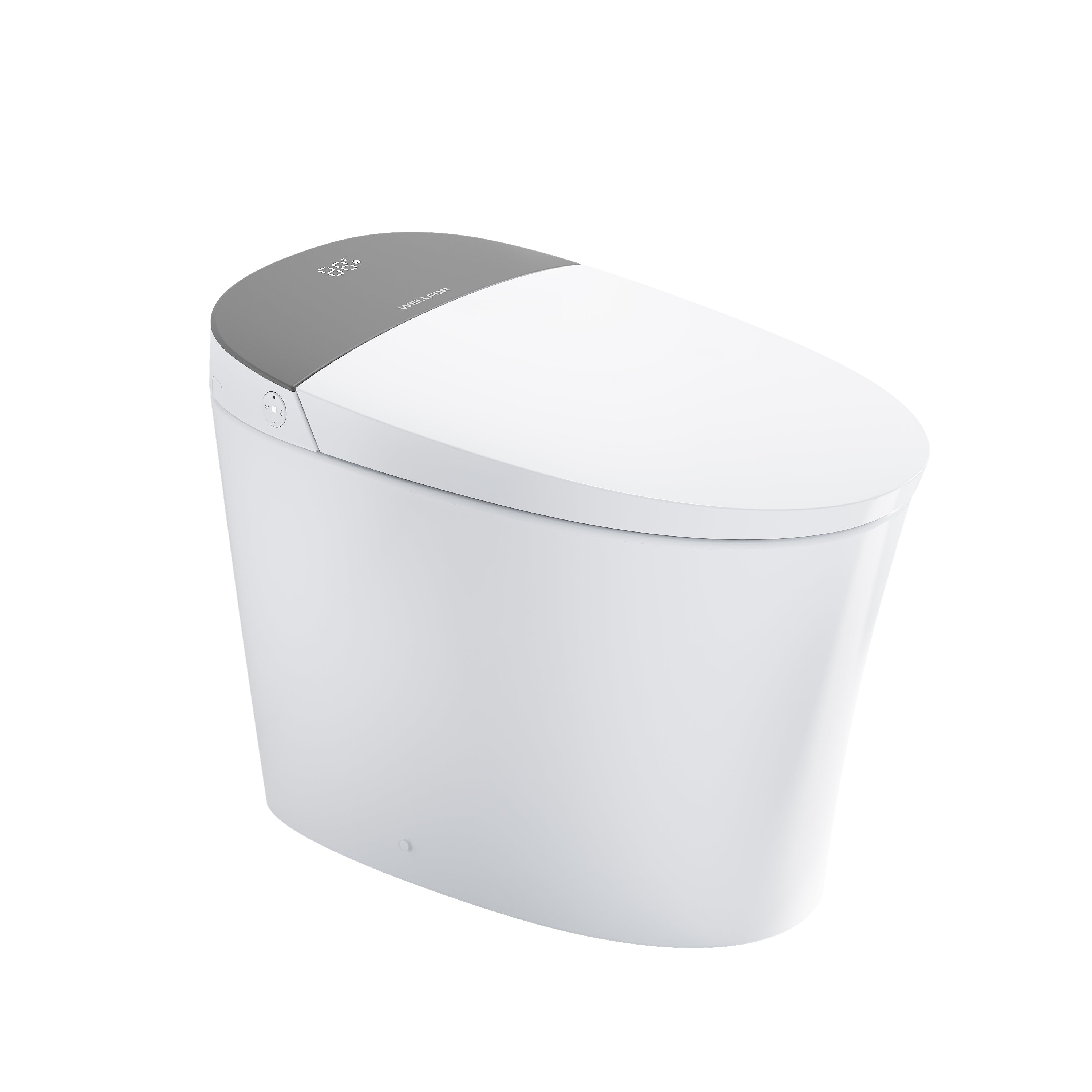
Leave a comment
This site is protected by hCaptcha and the hCaptcha Privacy Policy and Terms of Service apply.